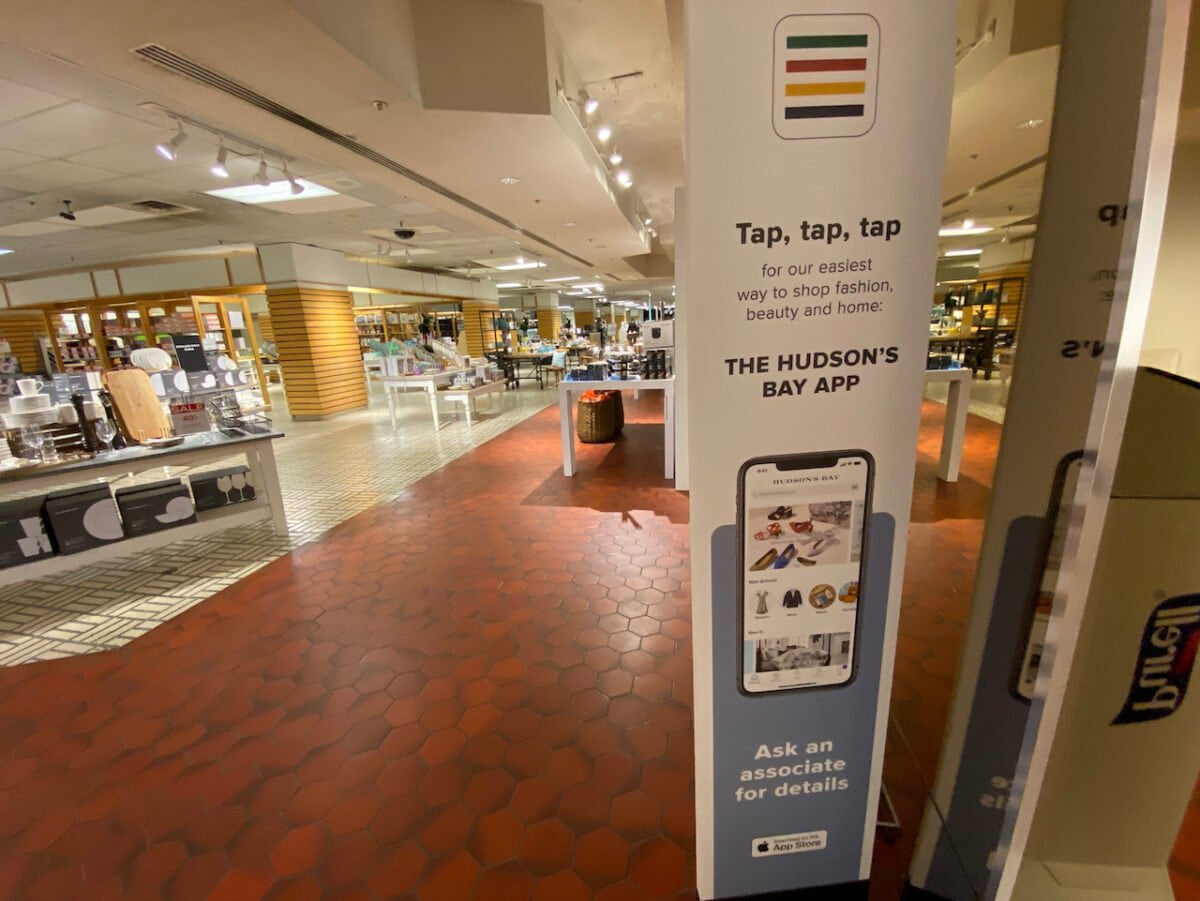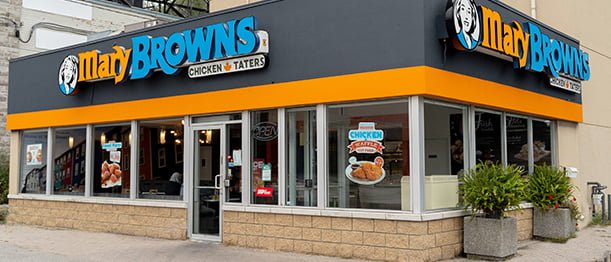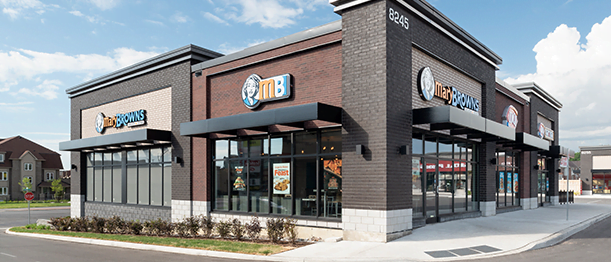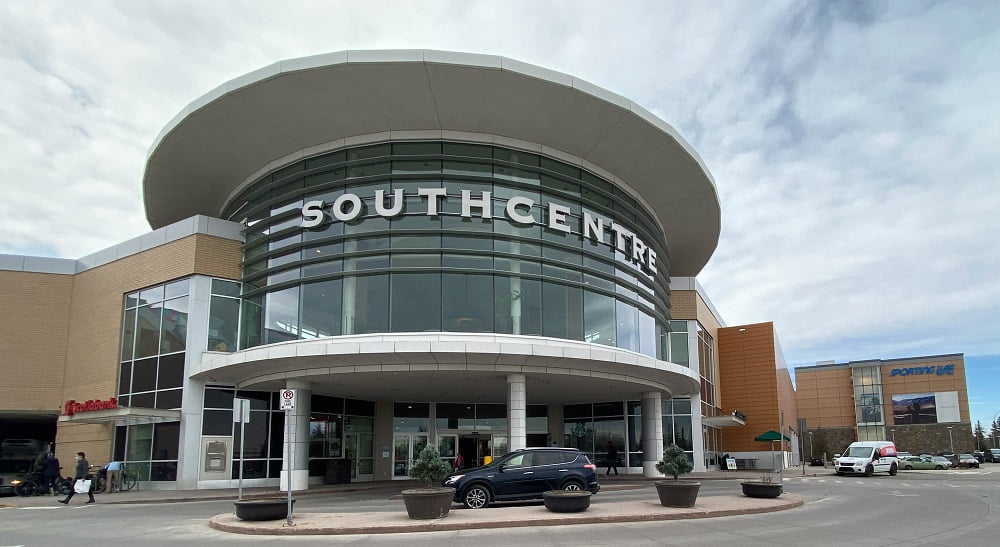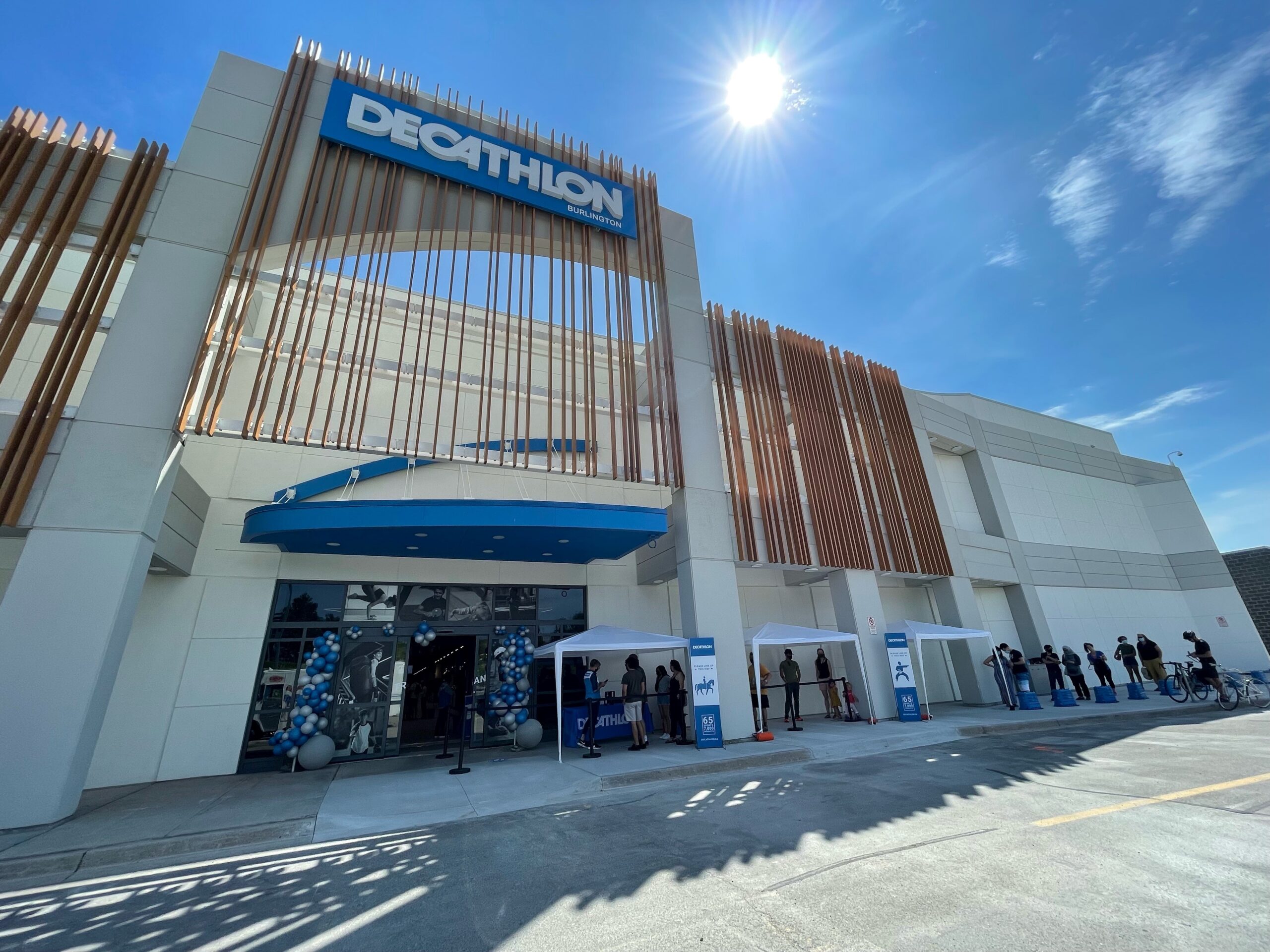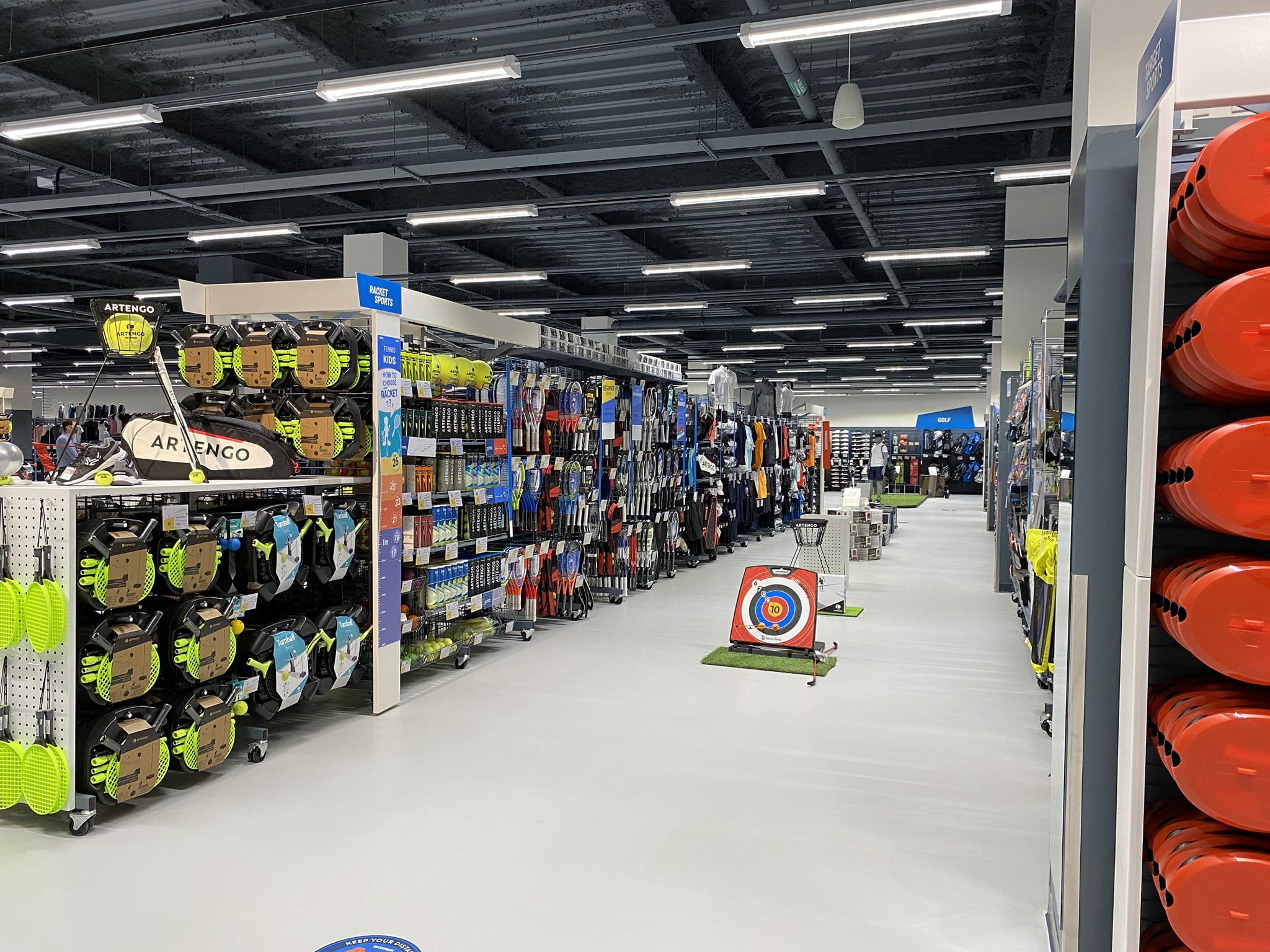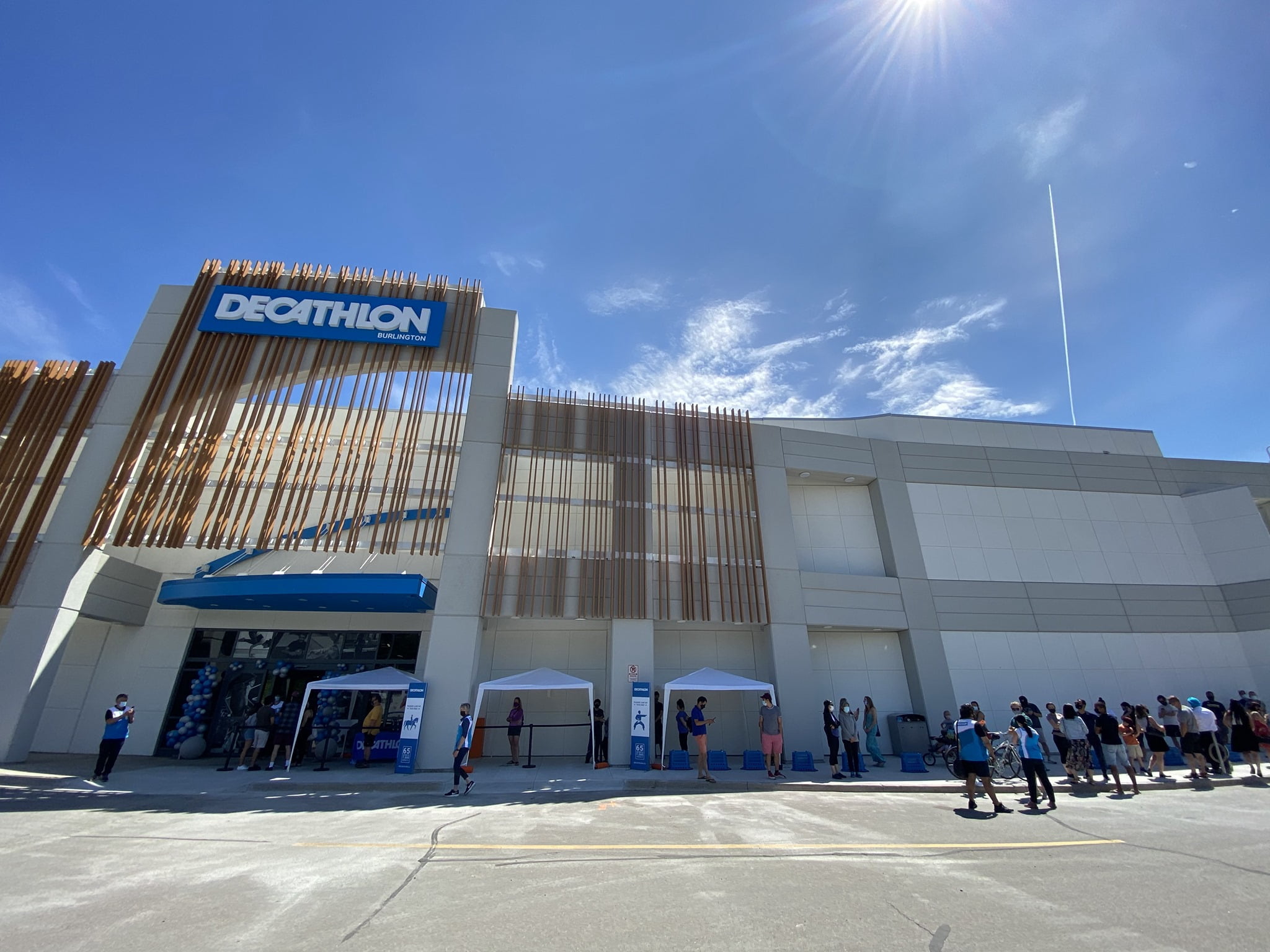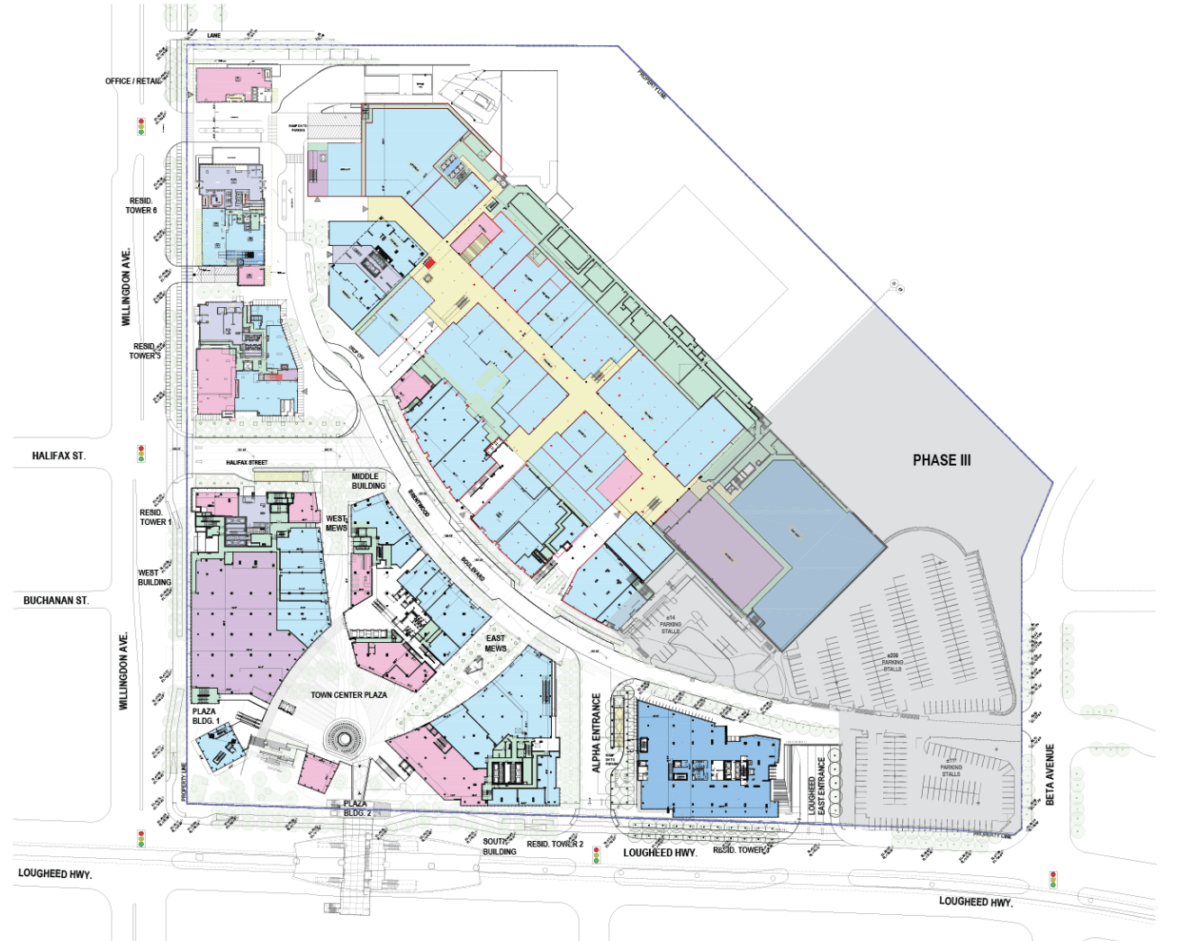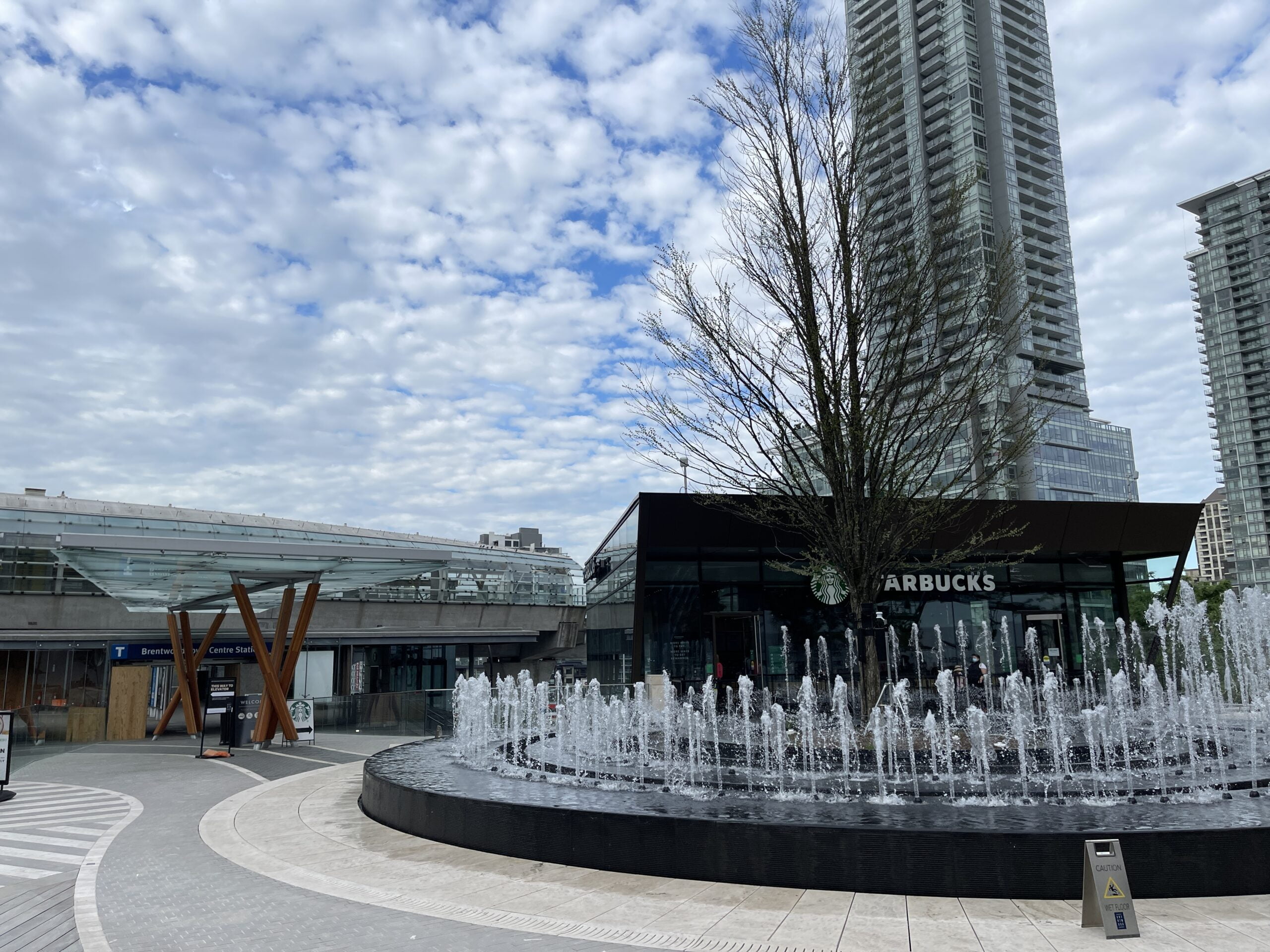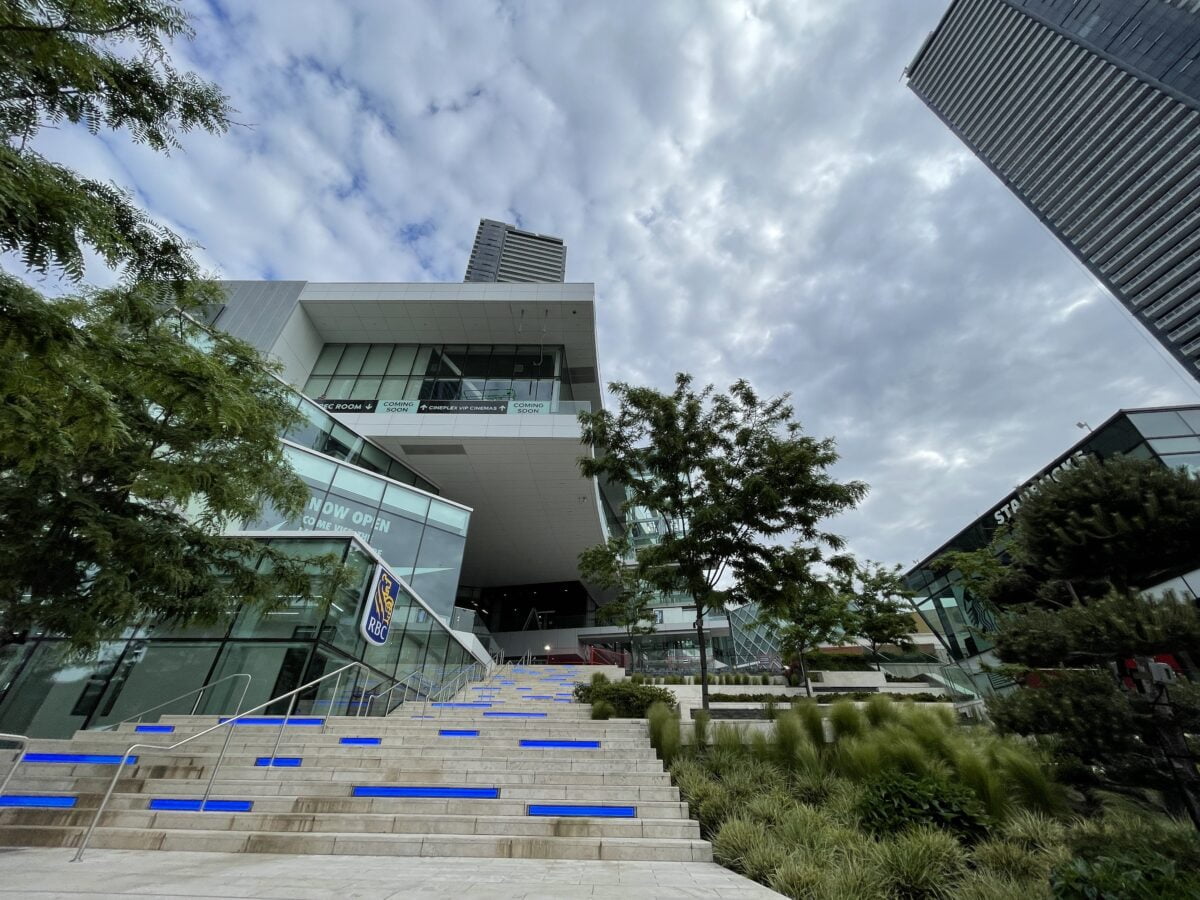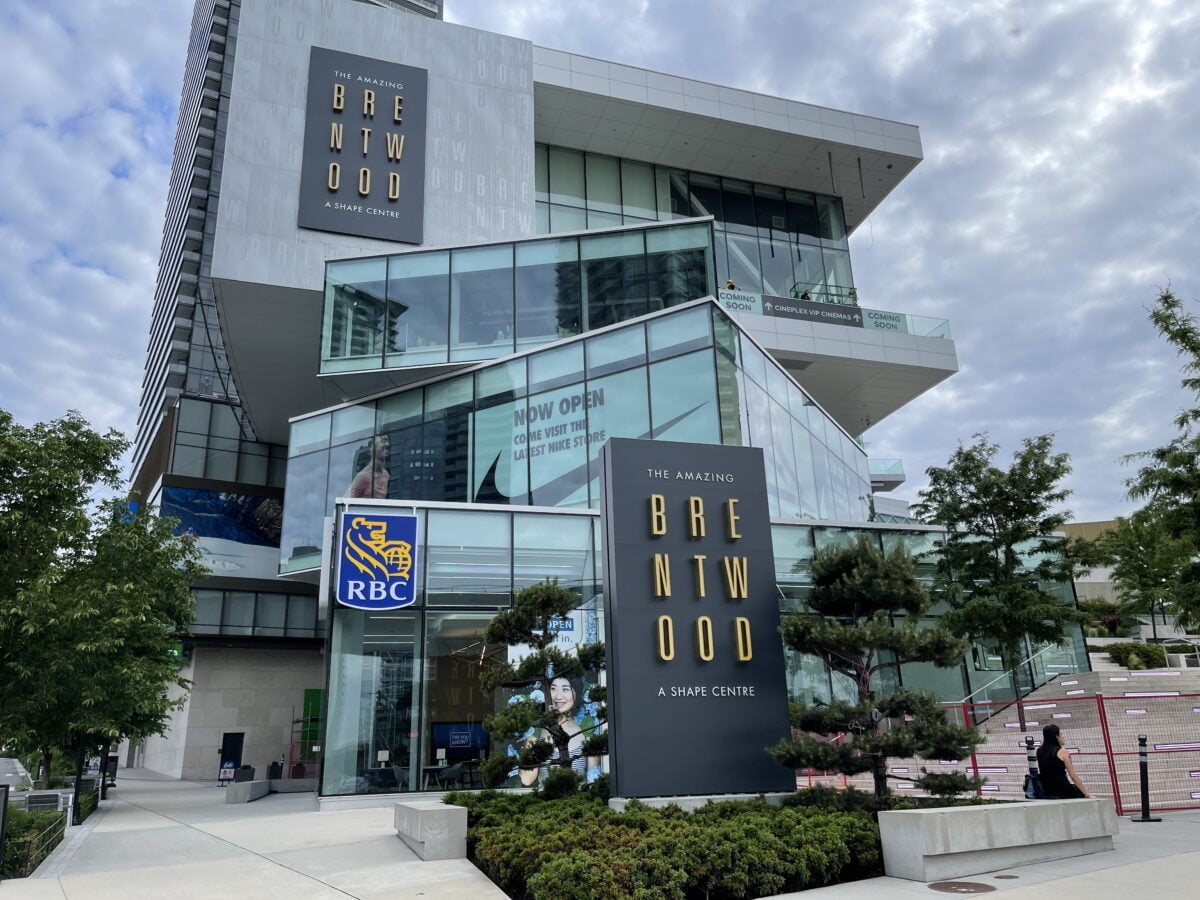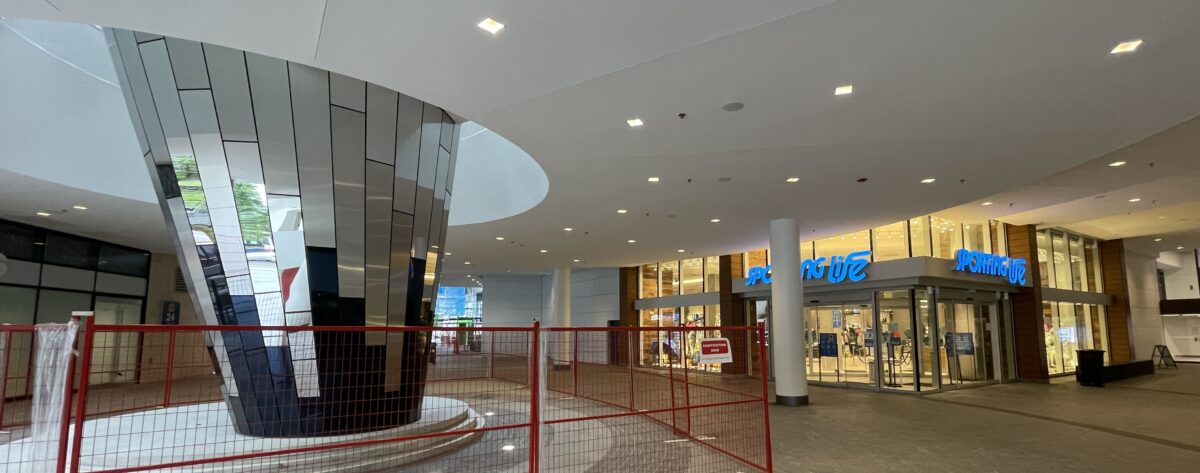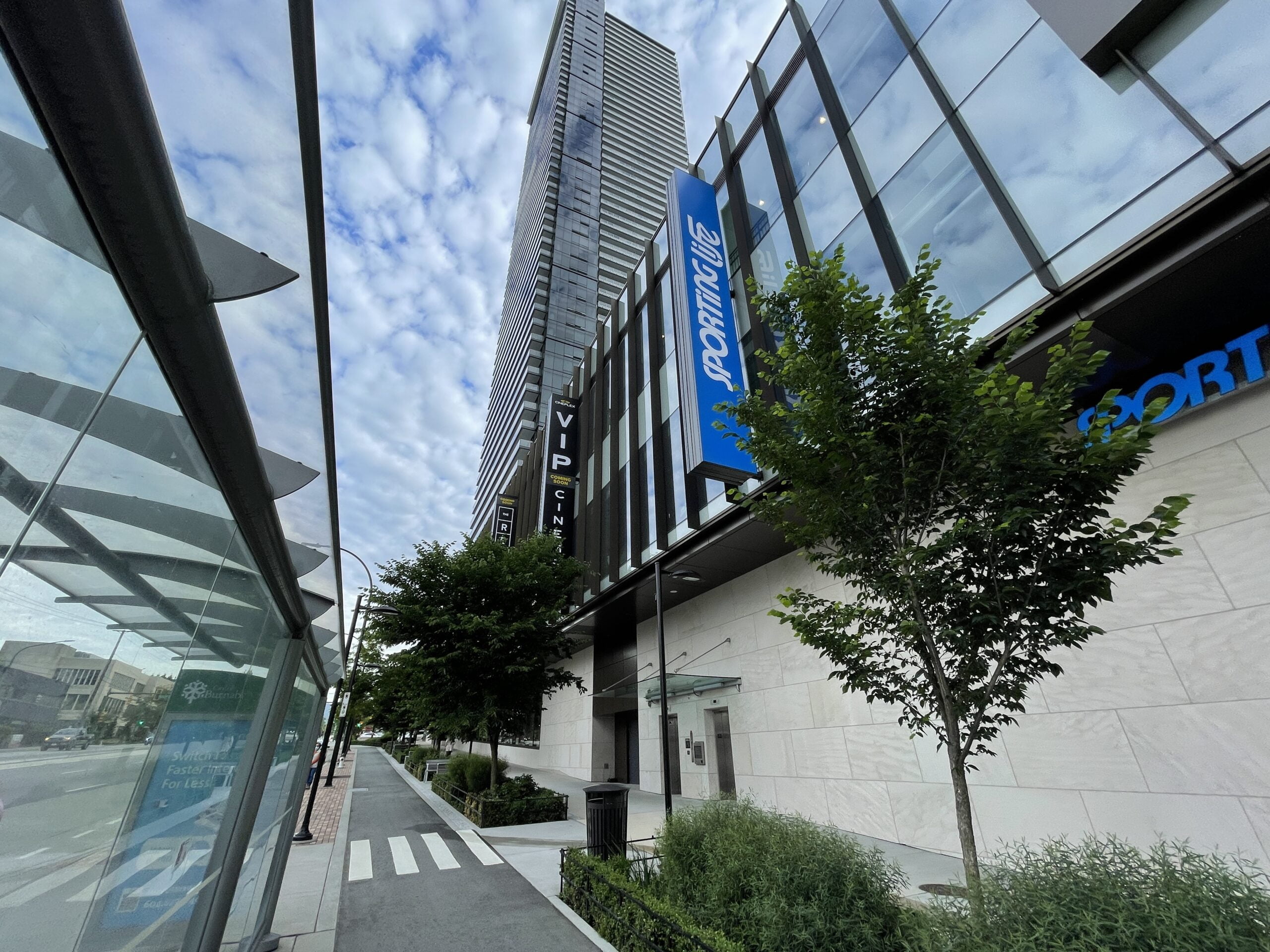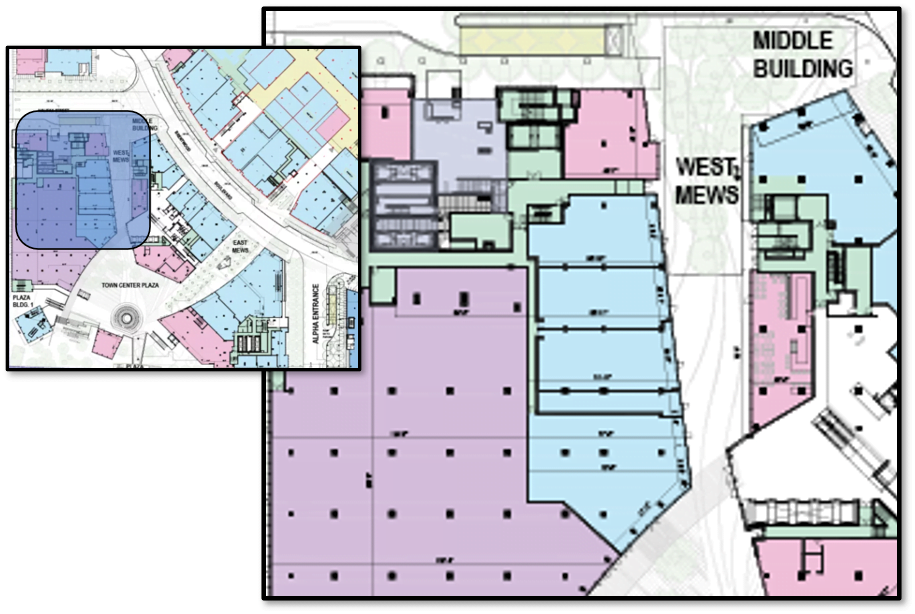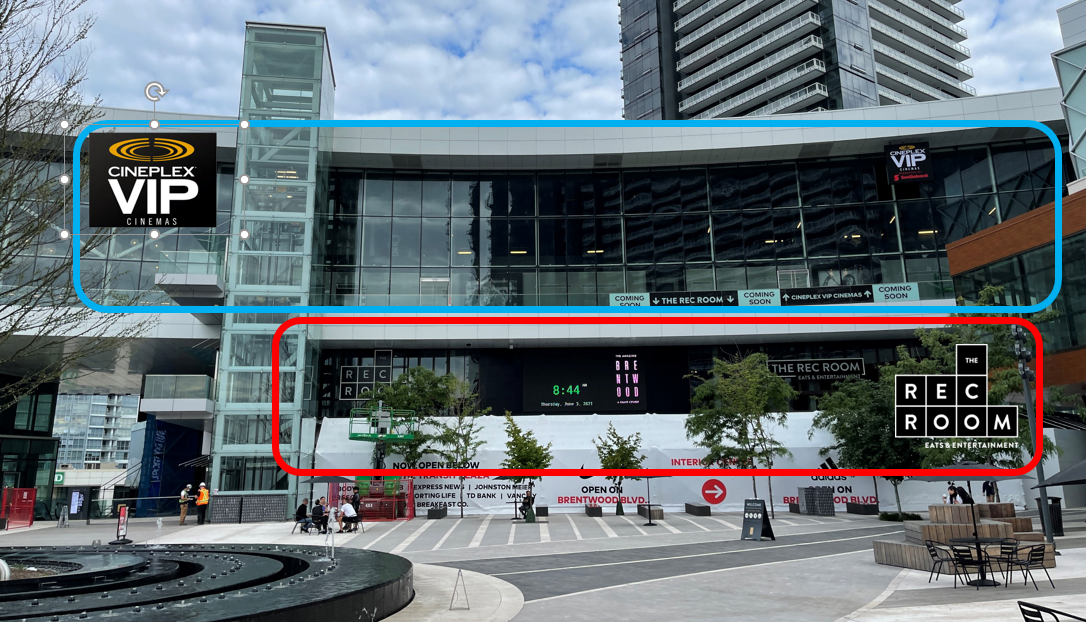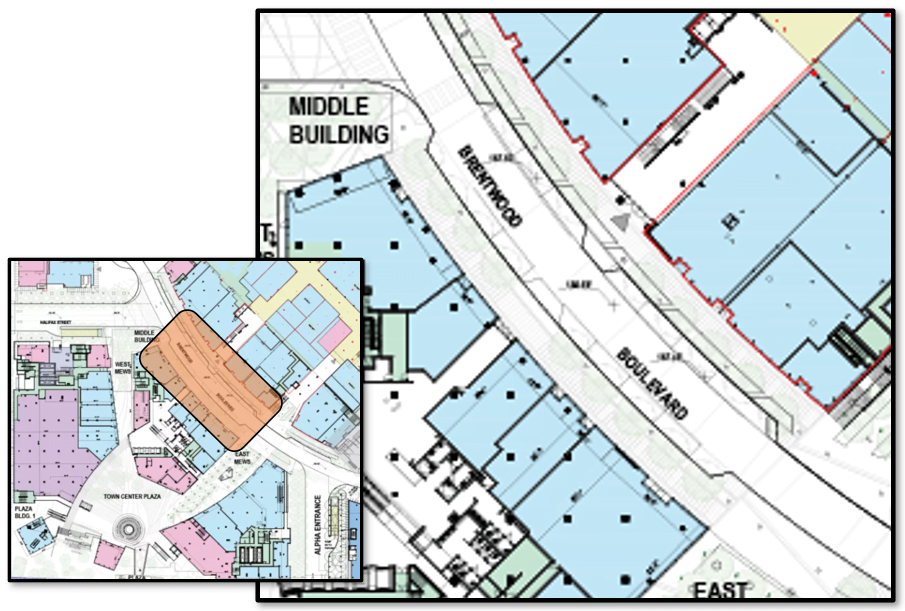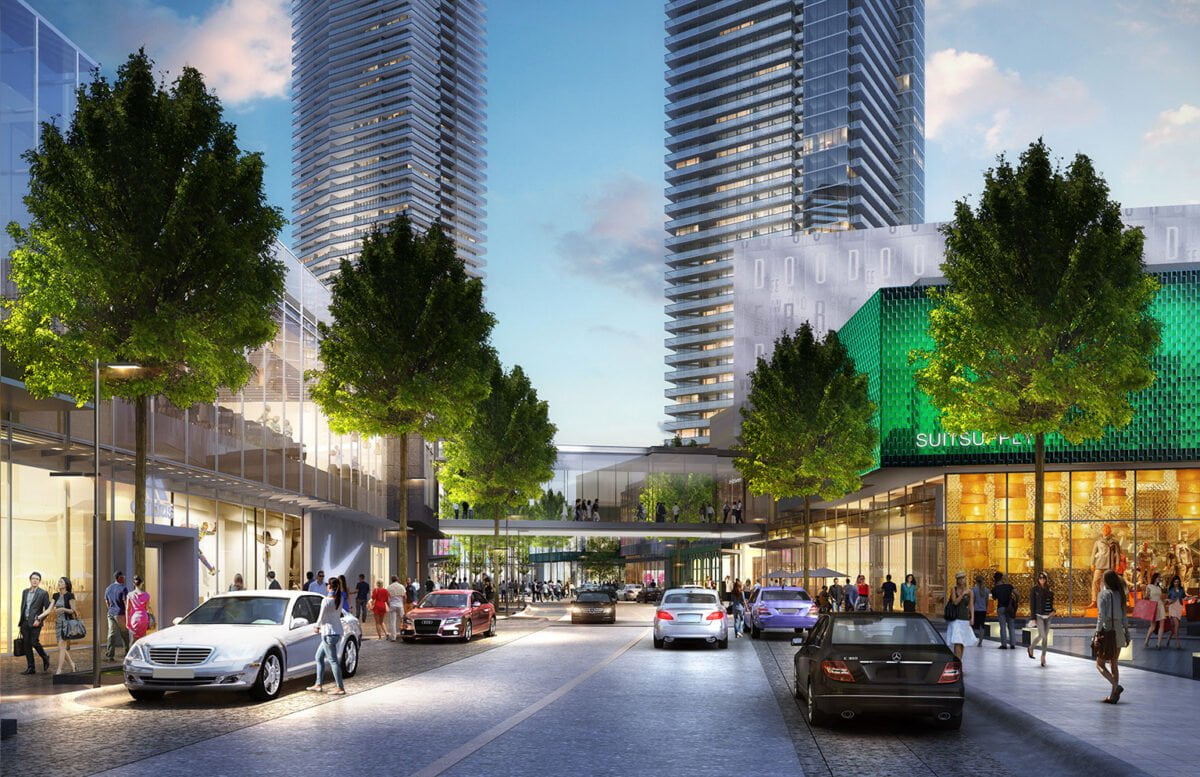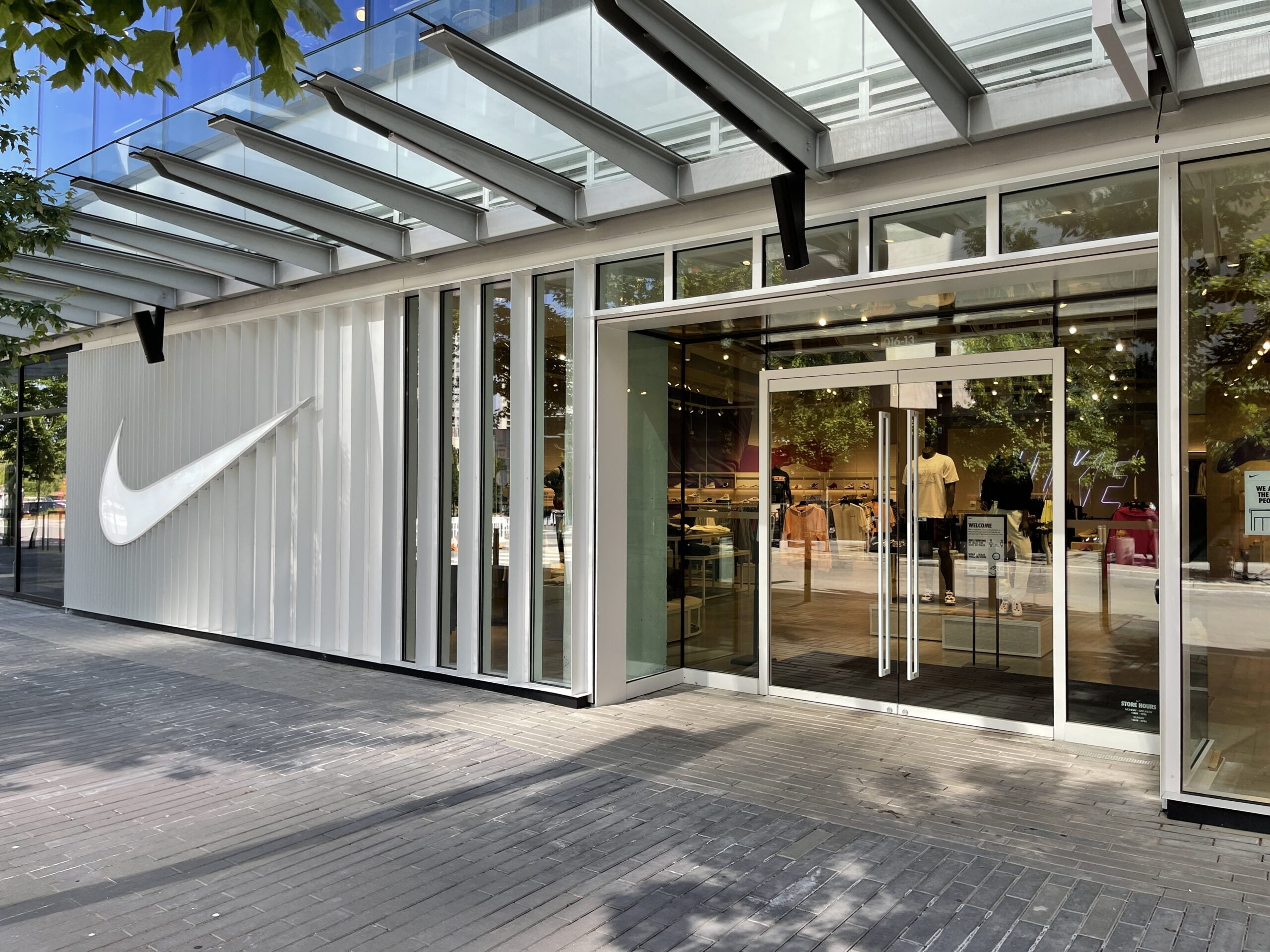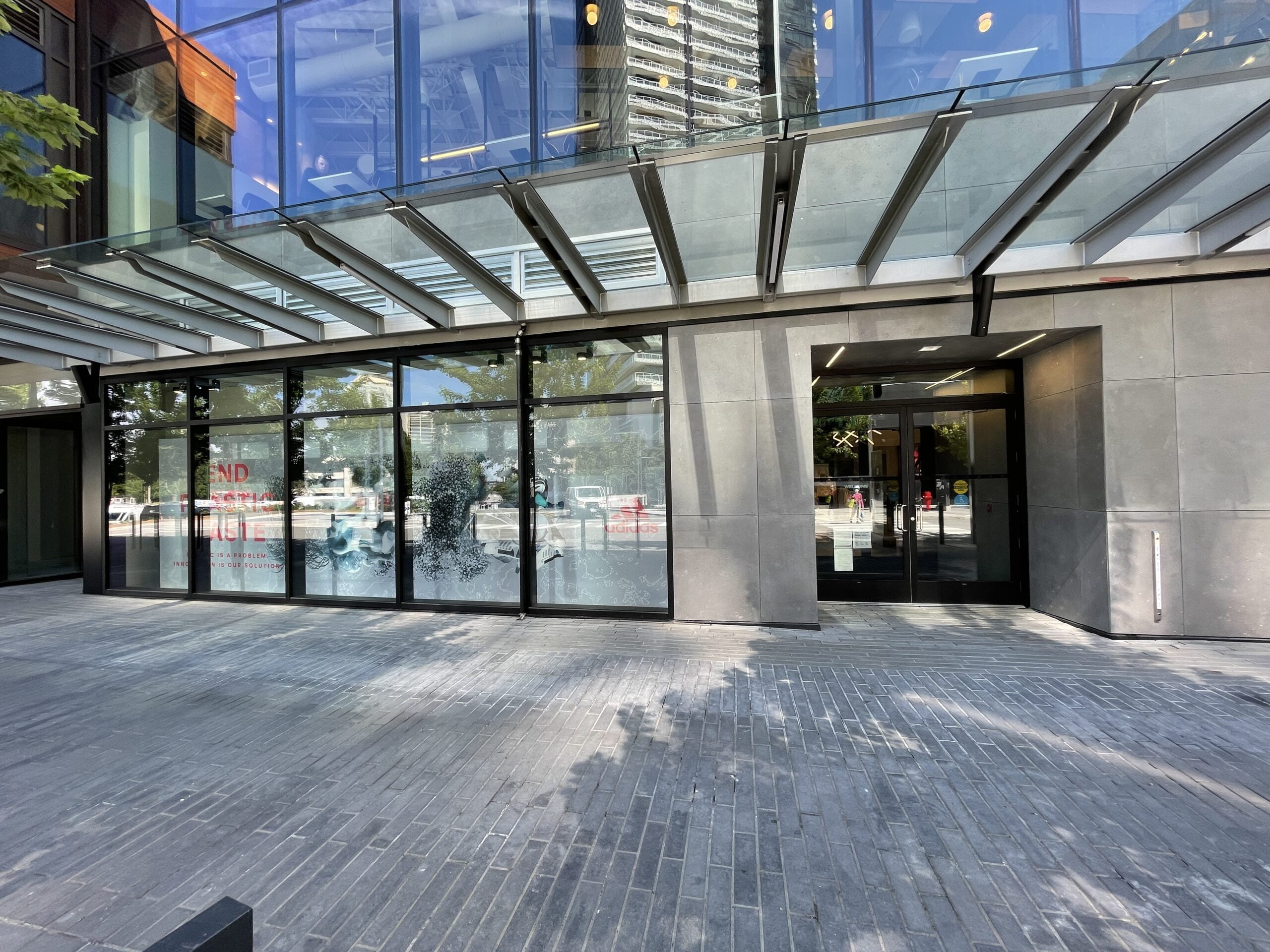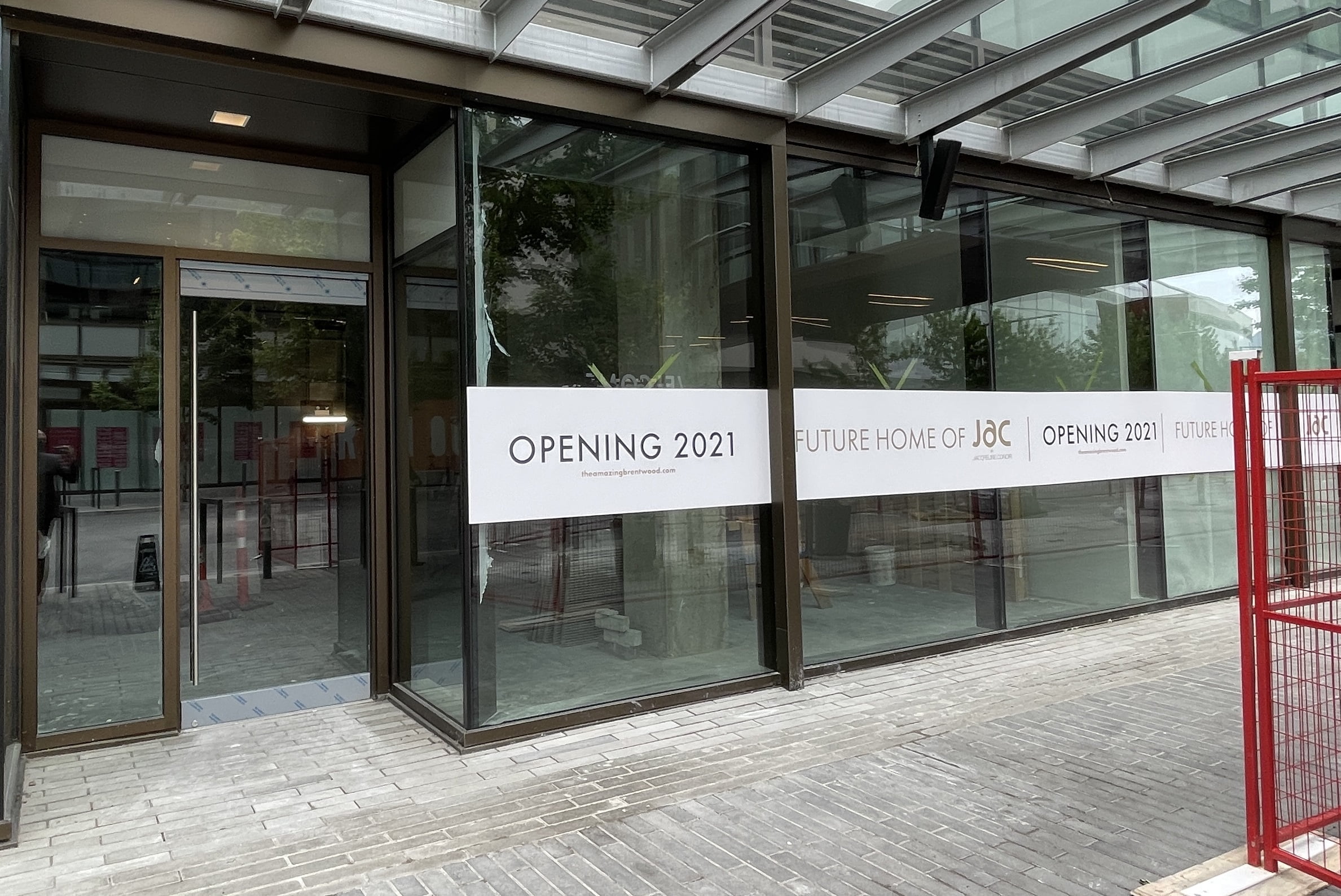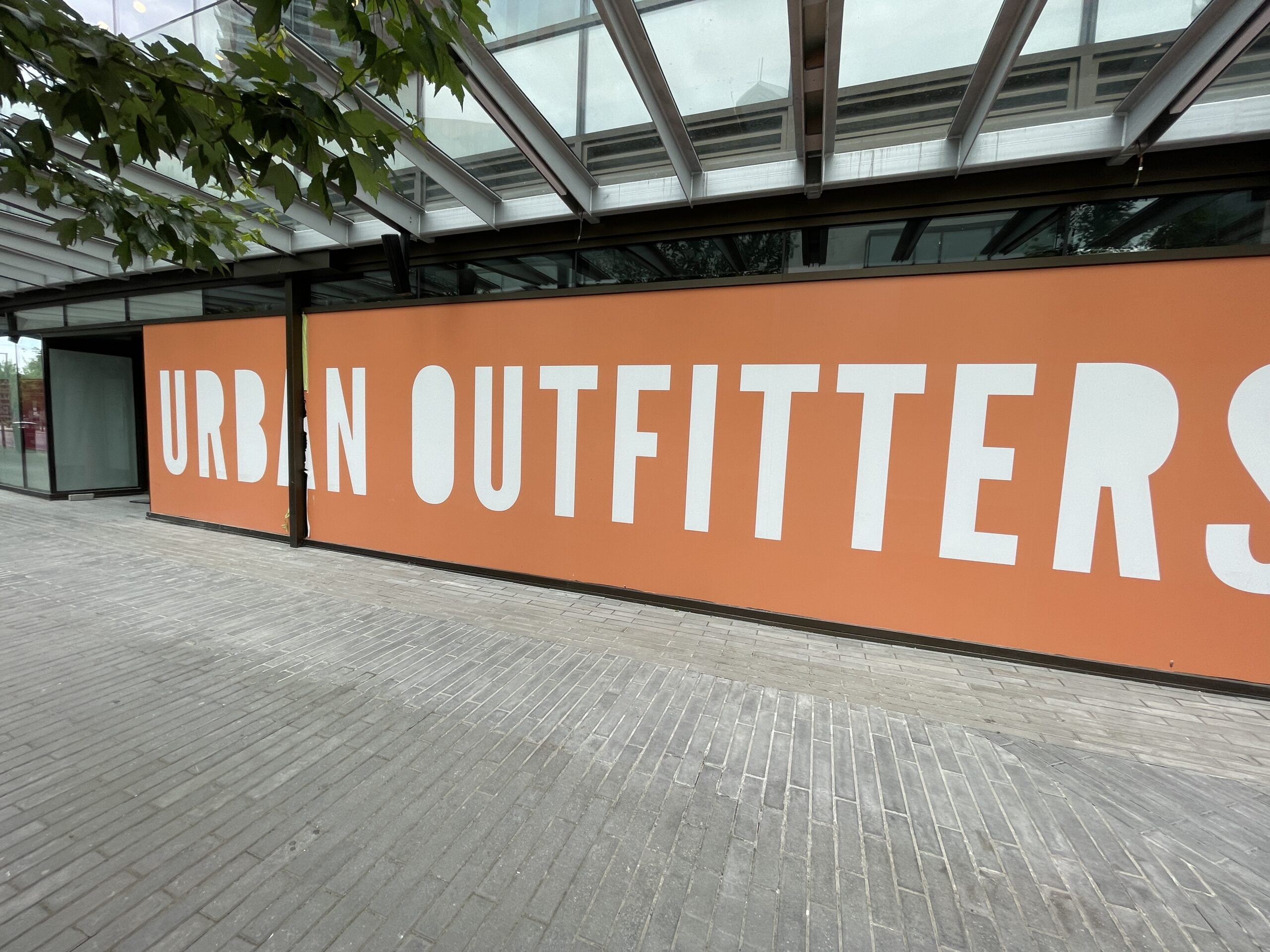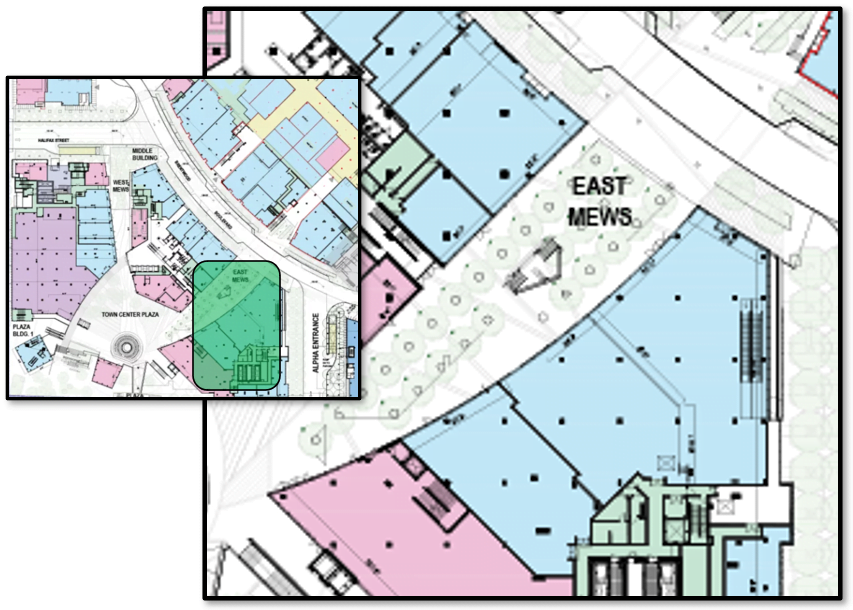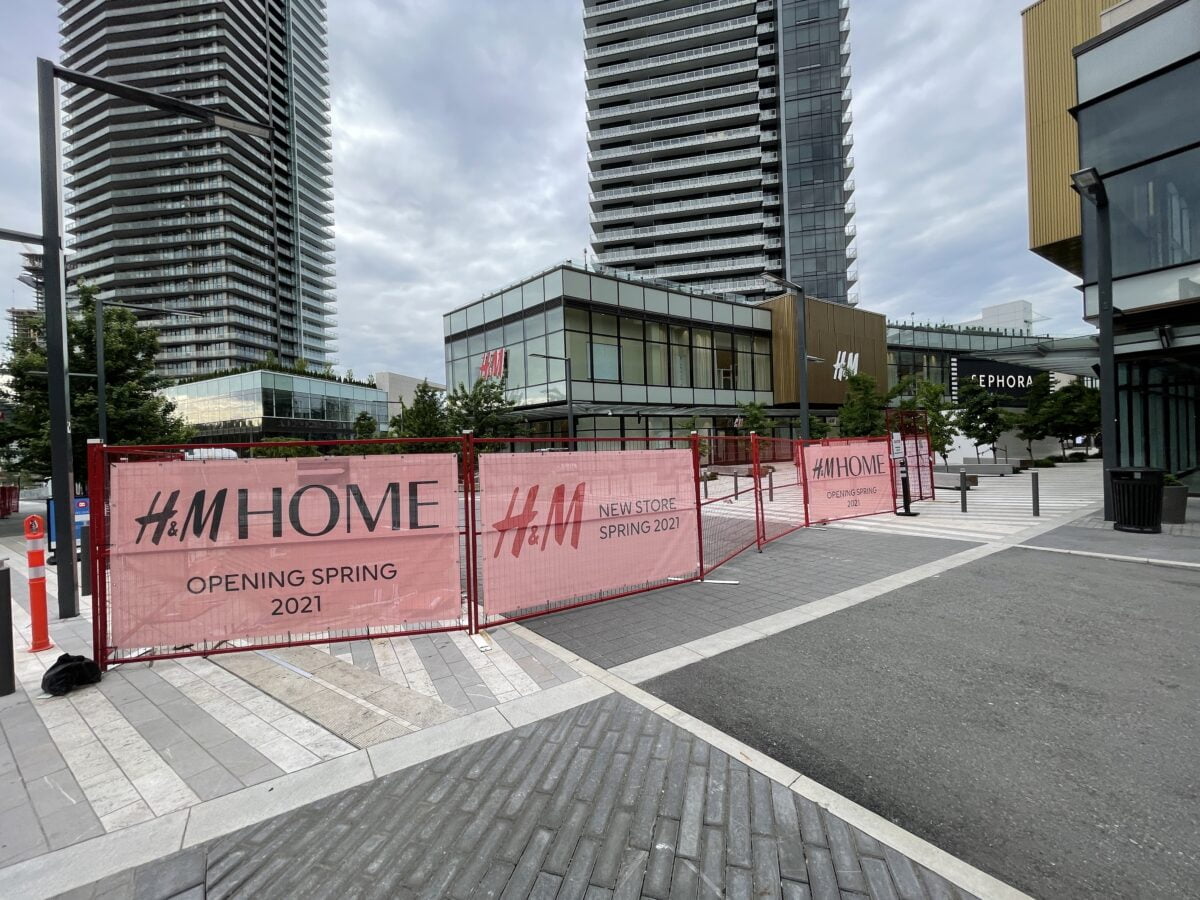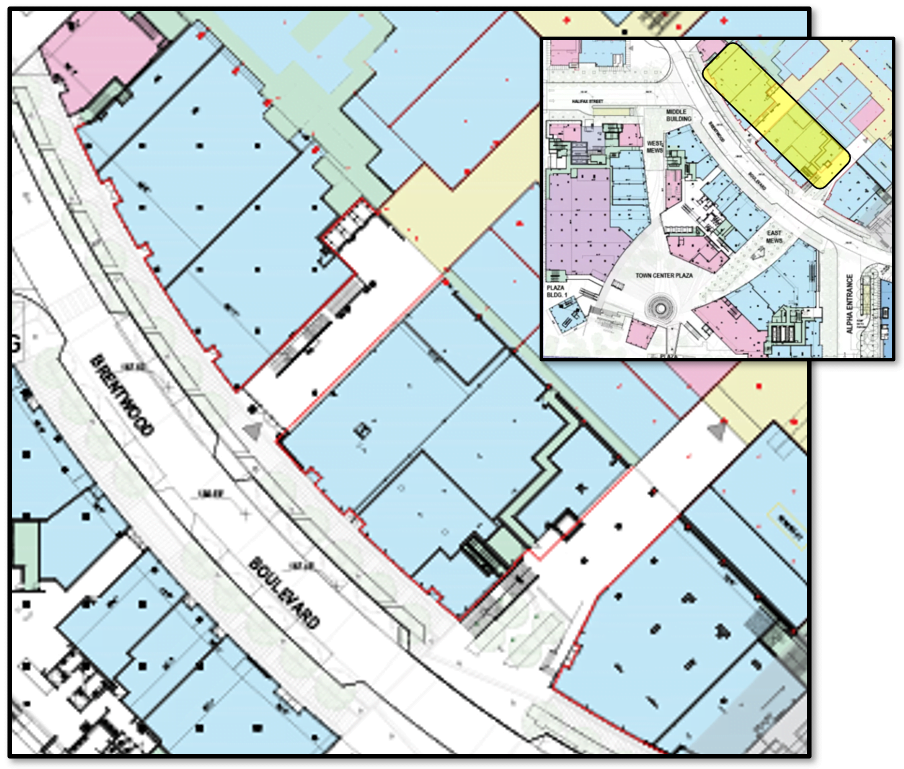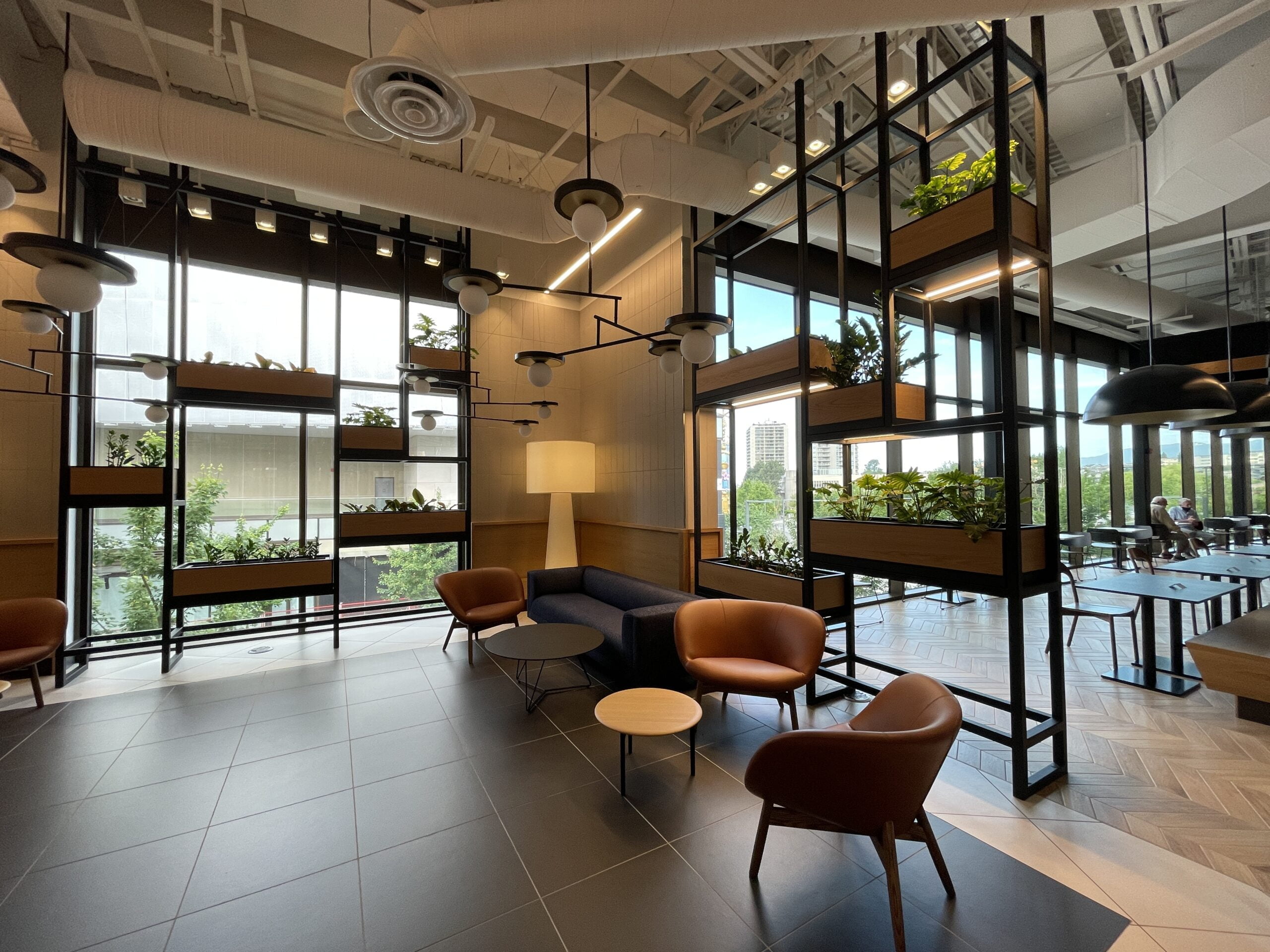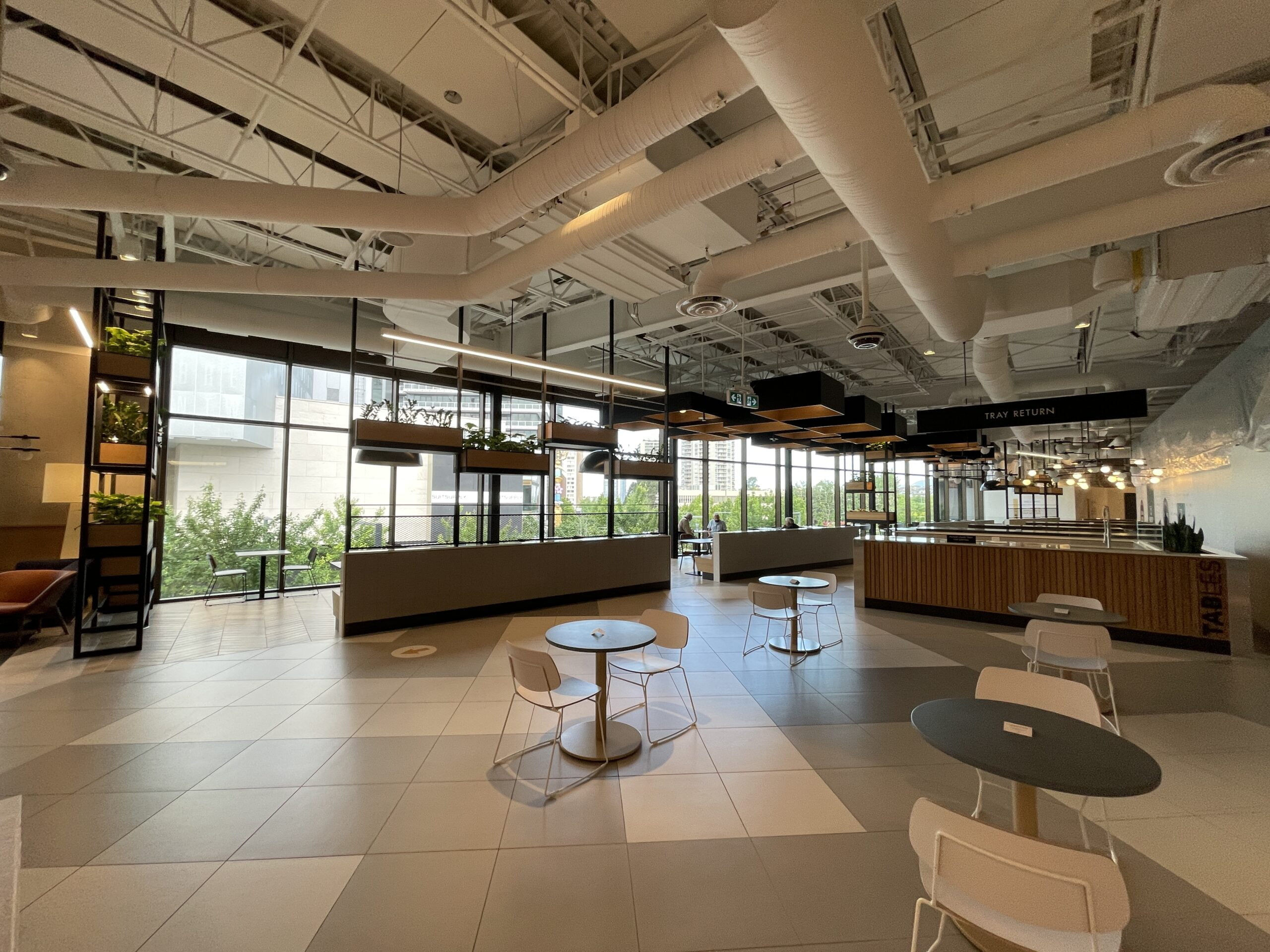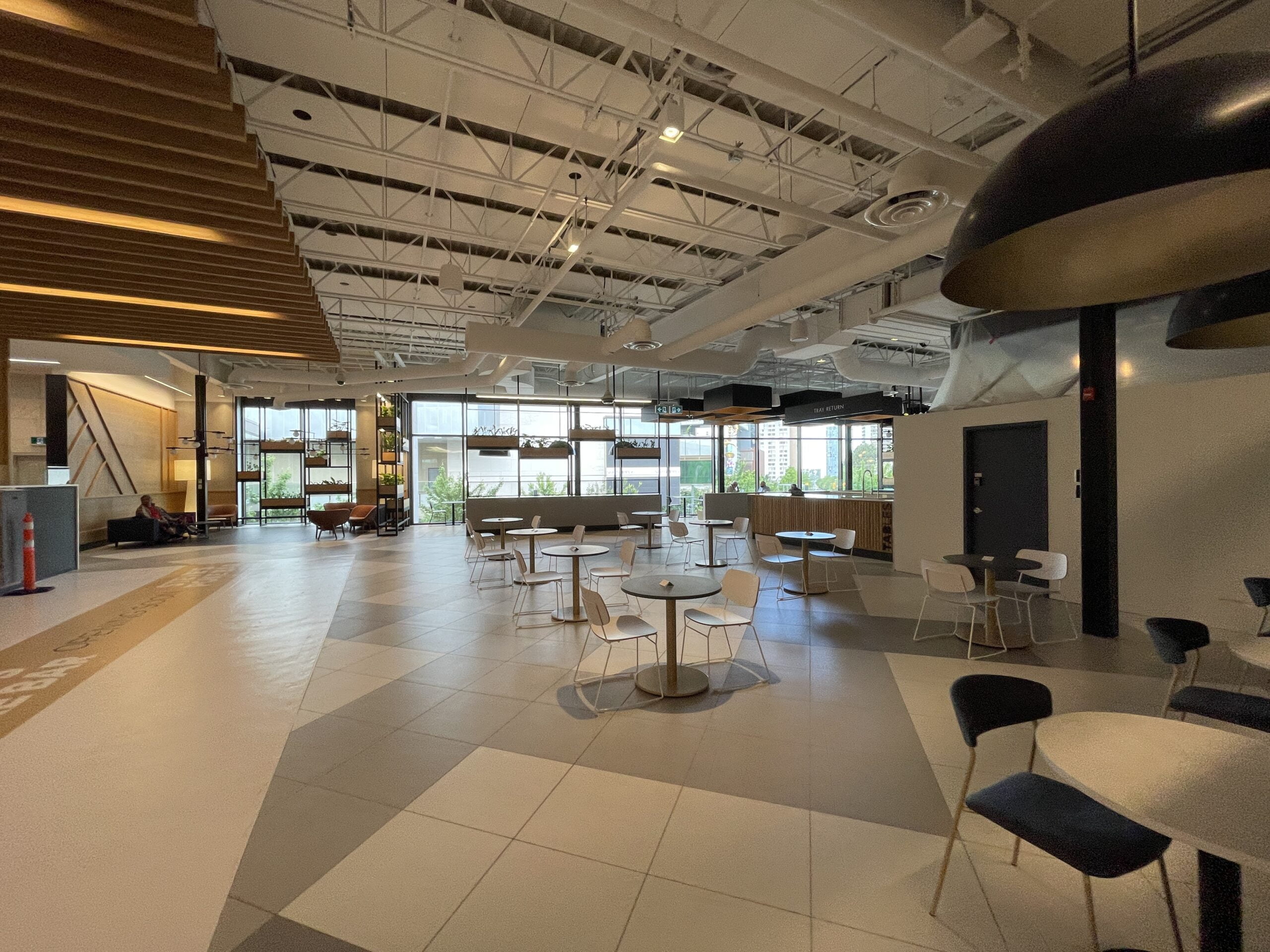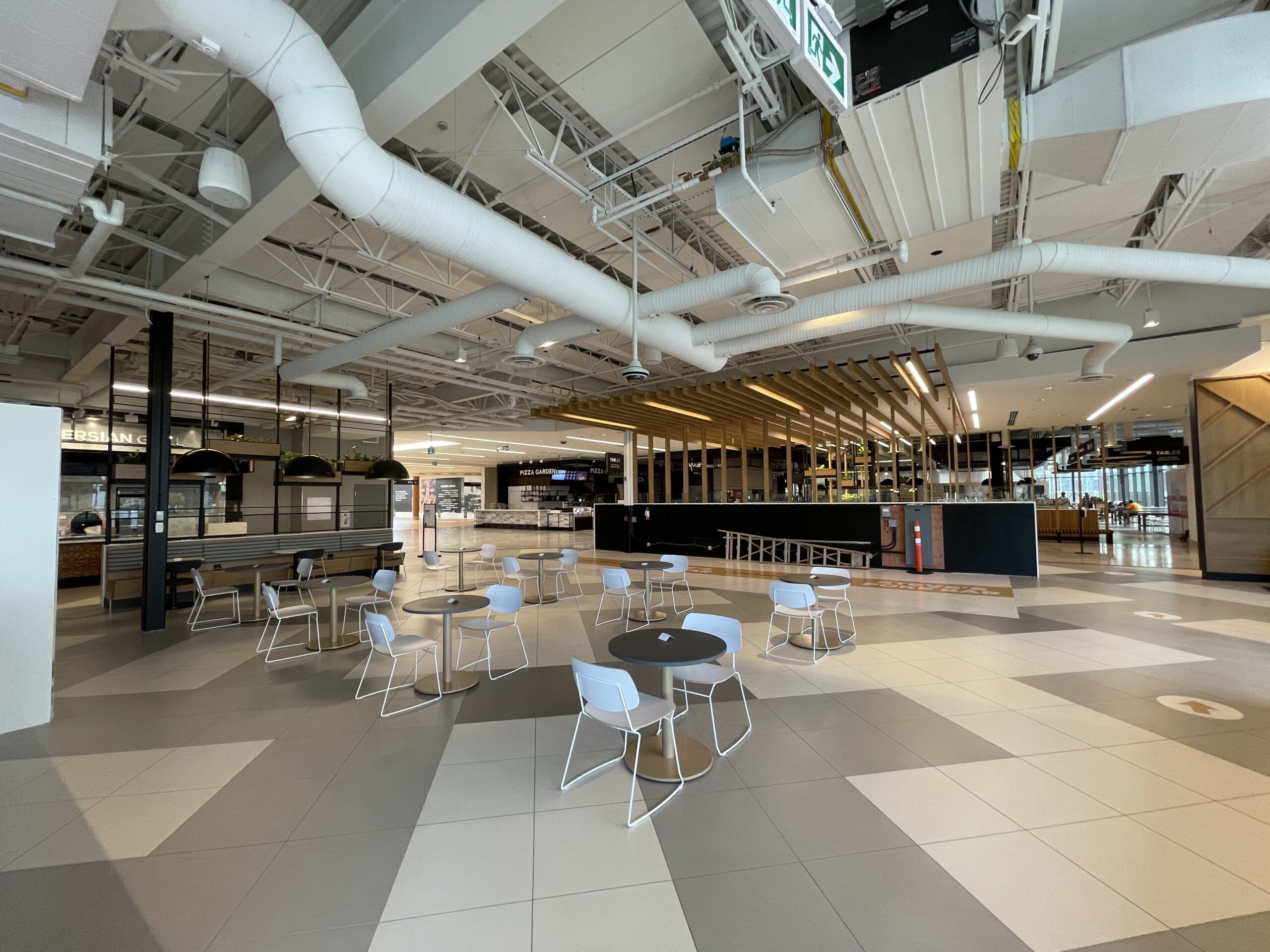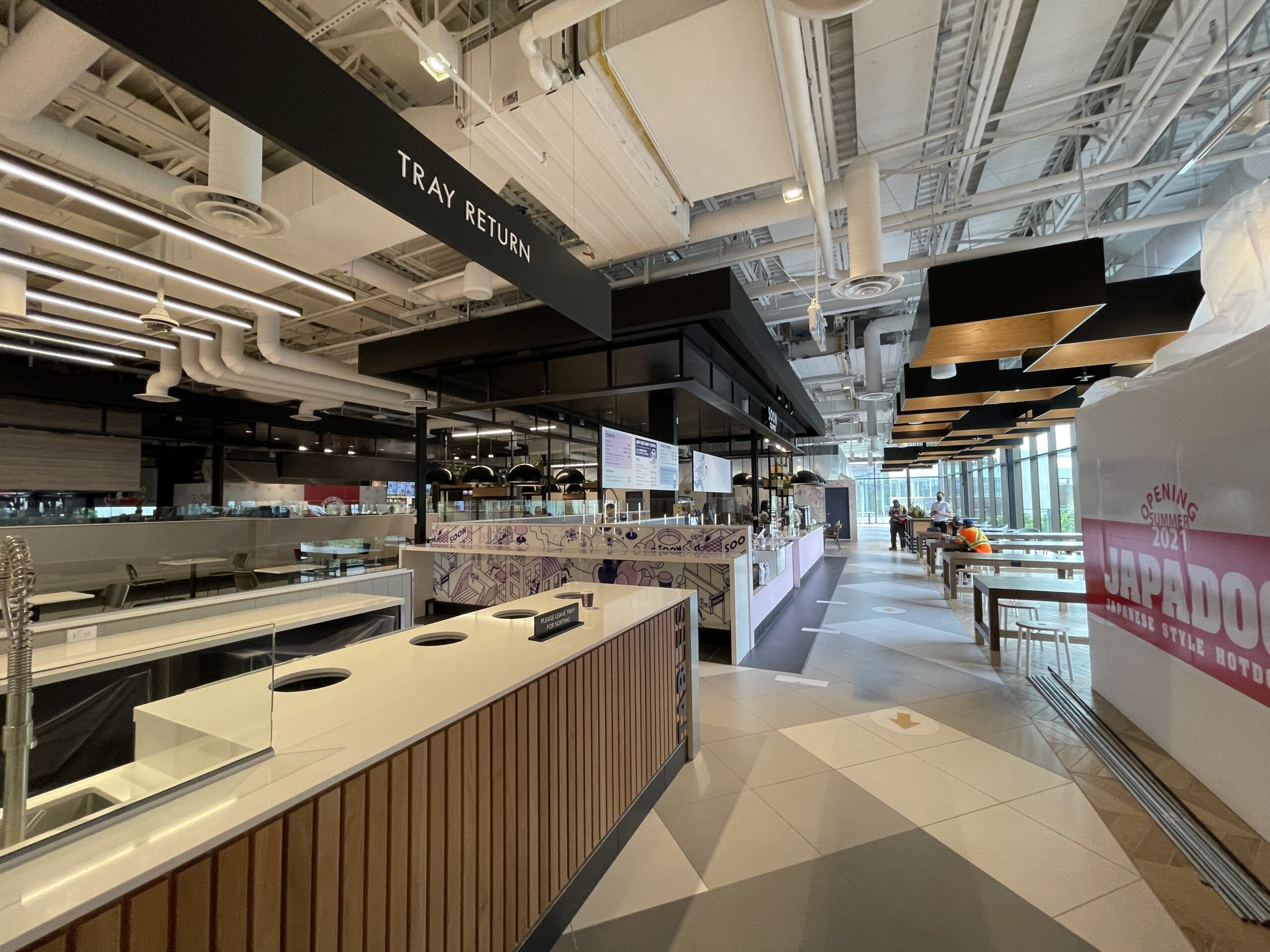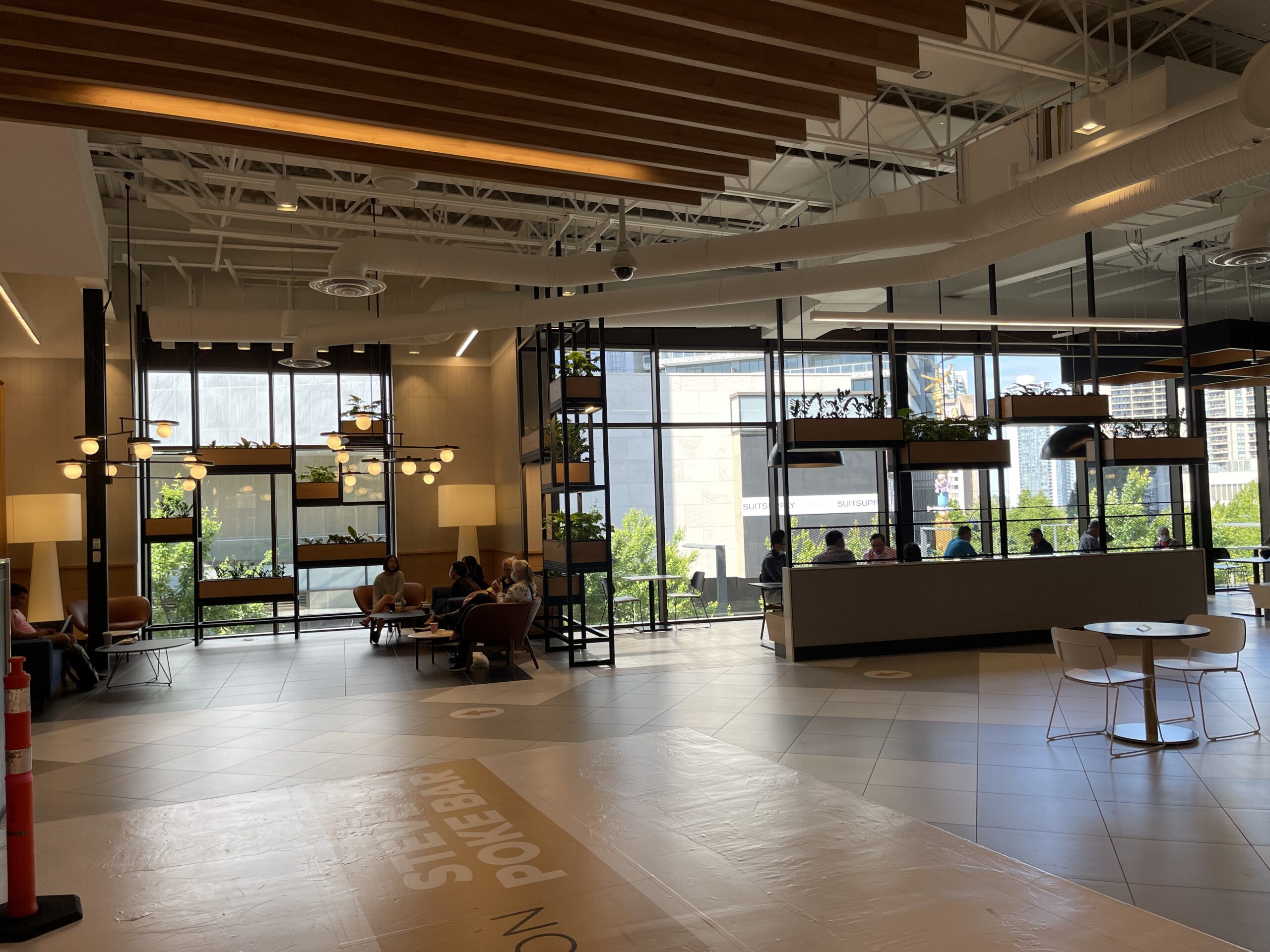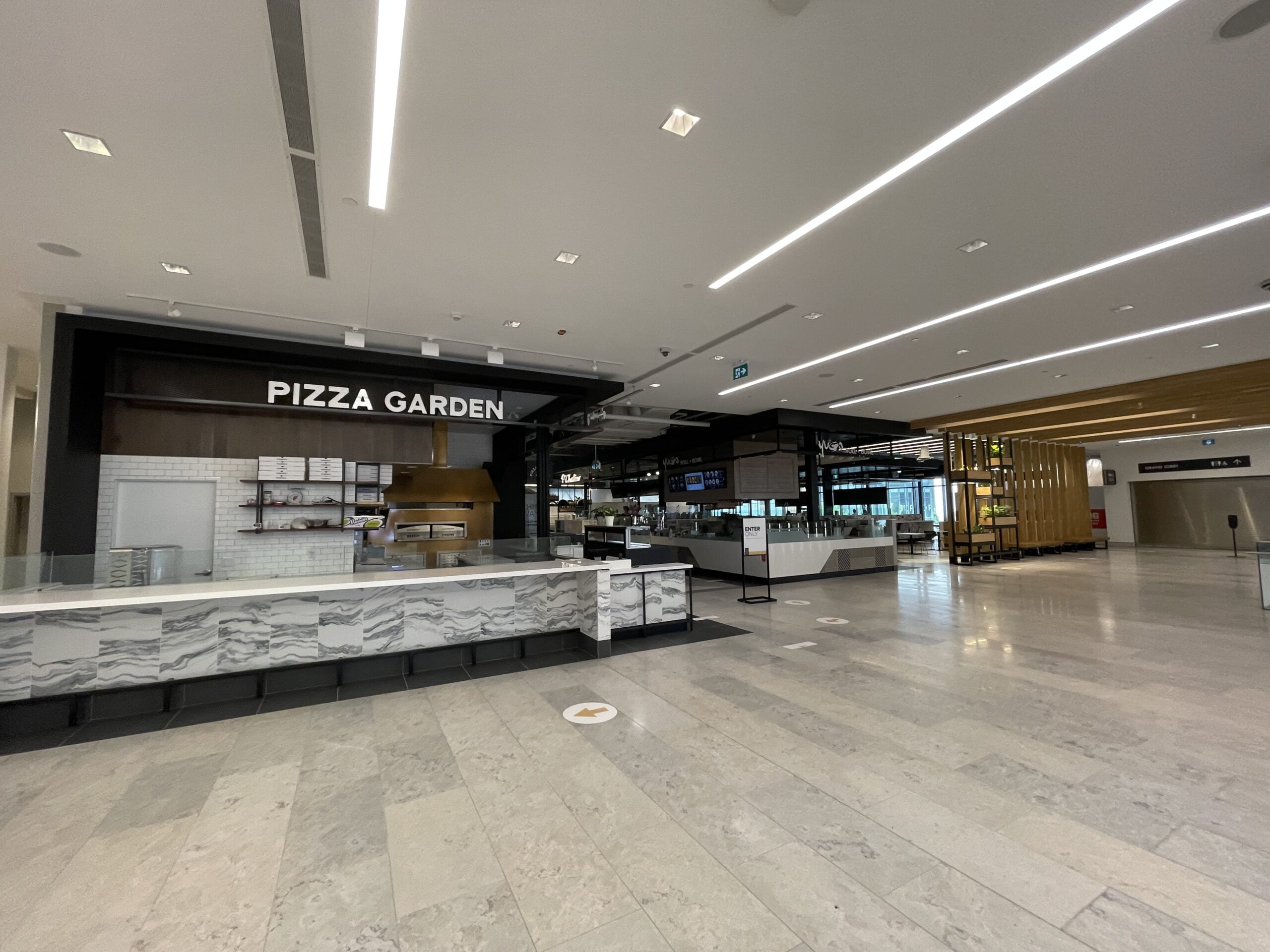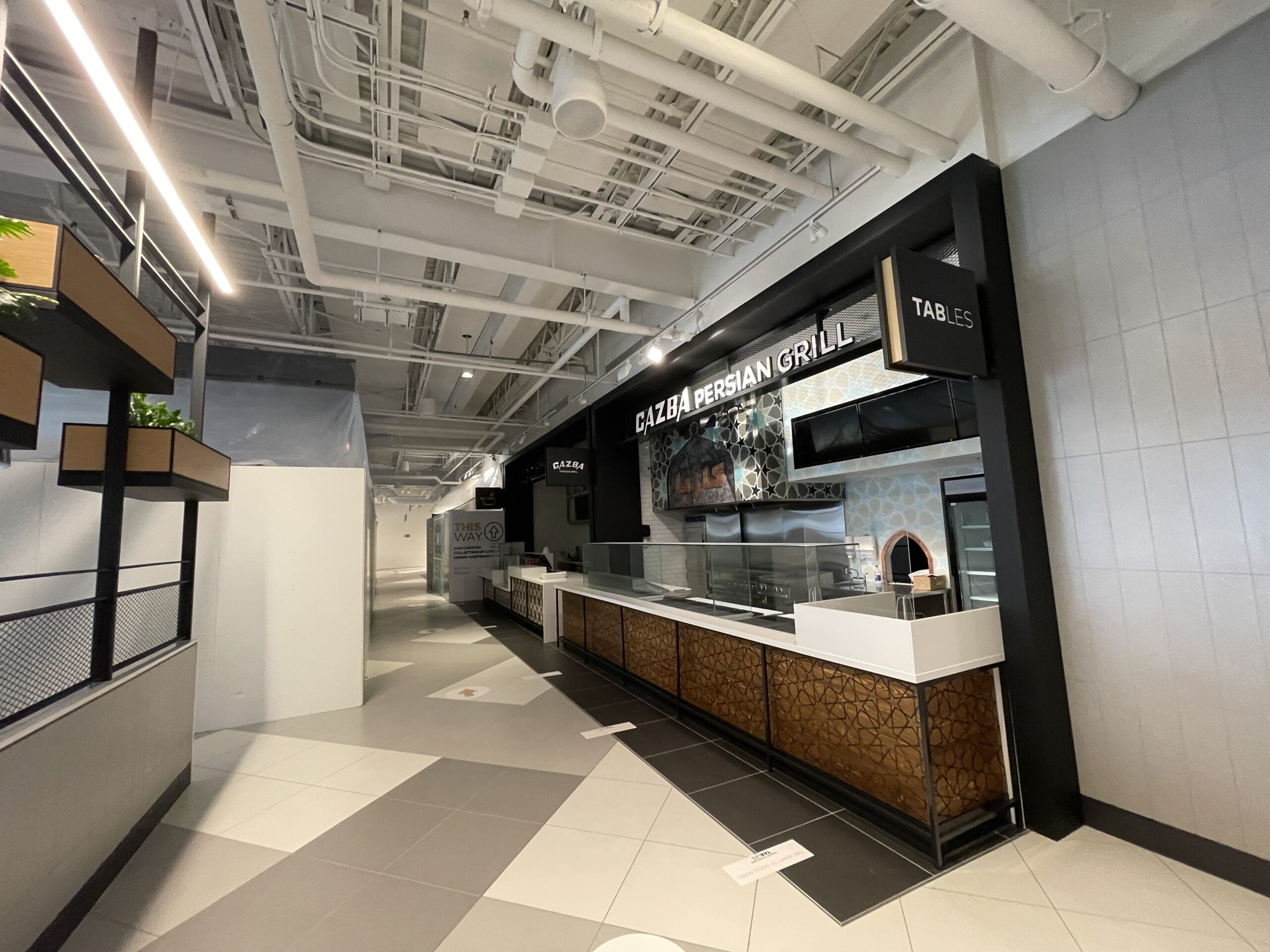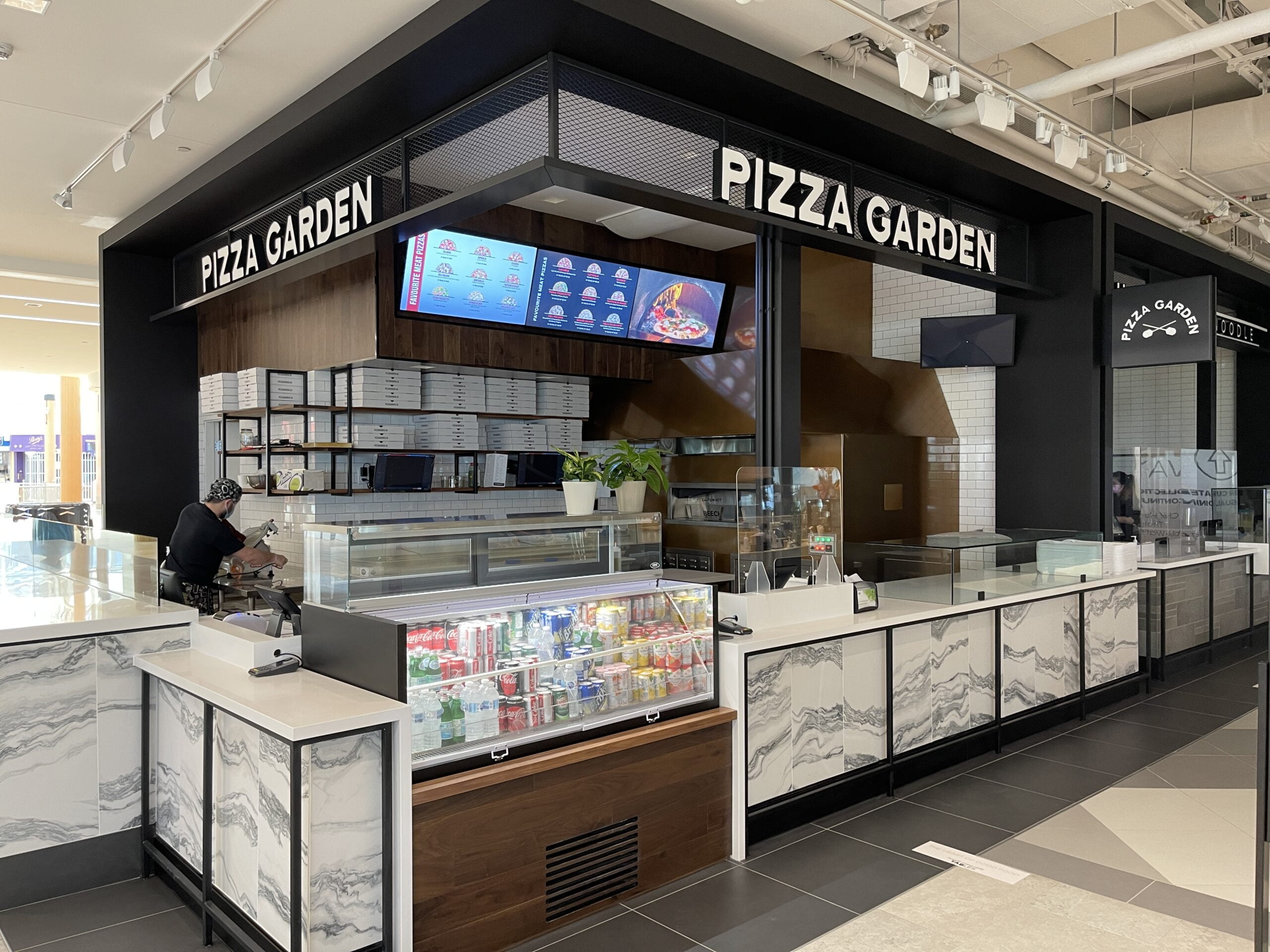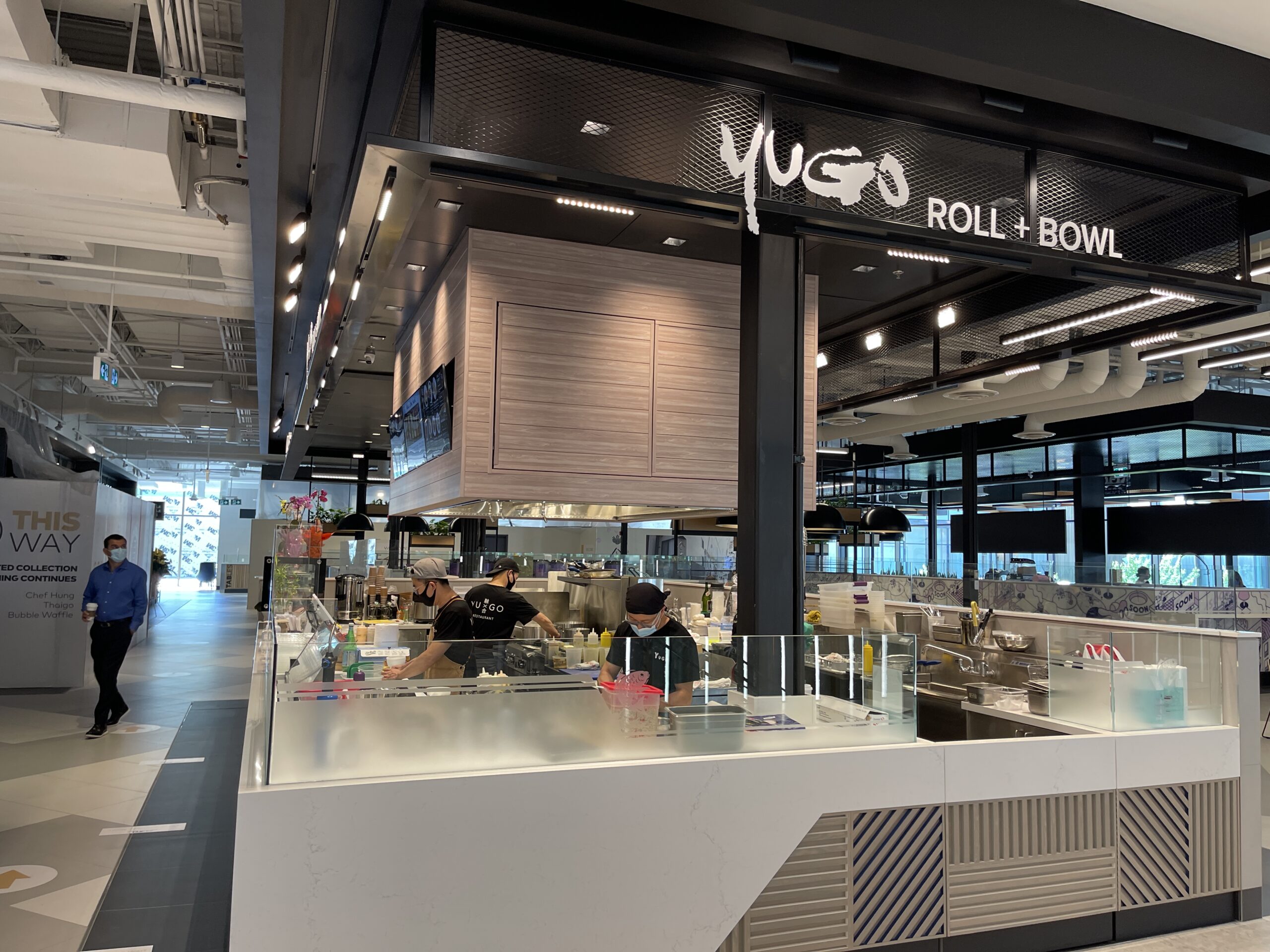Humankind is really quite remarkable. Our ability as a species to display the agility and nimbleness required to triumph in the throes of misfortune is impressive. Our resilience and adaptability, supporting our capacity to pivot and evolve amid change, are equally admirable qualities that often serve us well, allowing us to turn adversity and impediments into opportunity and innovation. A better example of these characteristics could not be found outside of the Canadian grocery sector, which has been forced to adjust to an altered food shopping environment and changed consumer purchasing habits, transforming the entire experience to continue meeting the grocery needs of Canadians across the country. It’s a feat that’s applauded by grocery industry expert and Senior Director, Agri-Food Analytics Lab at Dalhousie University, Sylvain Charlebois. However, despite their efforts to collectively keep up with recent changes, there remain many unanswered questions concerning the future of grocery in Canada.

“Generally speaking, I think that the Canadian grocery sector performed very well over the last 18 months,” he says. “Frankly, I think it surprised many Canadians while reassuring others. But there are headwinds approaching on the horizon and some questions that grocers operating in the country have to figure out. They’ve got to quickly gain a real understanding of the new marketplace within the new normal. Whether people will be working from home or at the office remains to be seen. But what I’ve noticed on Bay Street are a number of companies that have done very well despite the fact that a lot of their staff have been working from home. This idea that work-from-home breeds inefficiency is not necessarily founded. And so, we may see extended periods of work-from-home situations. It’s all part of our new reality, which will likely be a blend of physical and virtual. Likewise, consumer shopping habits are also set to continue blurring the lines between the in-store and online environments. From a food retail perspective, it’s really about serving a market, whether in a physical or virtual manner, and making sense of that blend to better serve today’s omnichannel customer. That’s one big question mark currently hanging over the sector, and I’m not sure anyone has quite figured out the answer to it yet.”
The virtual/brick-and-mortar dilemma
It’s one of the questions, or matters of interest within today’s grocery space, that’s put forward as part of a new report released by The Agri-Food Analytics Lab at Dalhousie University, in partnership with Caddle, which aims to help the industry better understand the impact of the COVID-19 global pandemic and the ways the Canadian grocery experience might be shaped as a result going forward. According to the report, which was developed based on the responses of more than 10,000 Canadians surveyed during the month of May 2021, online grocery purchases are expected to continue generating considerable sales for the sector, creating what Charlebois refers to as a “virtual/brick-and-mortar dilemma for food purveyors” as nearly a quarter of Canadian shoppers state their intentions to purchase their groceries online with regularity, with the curbside pickup option maintaining popular momentum. Considering the recent digital shift in consumer purchasing behaviour and the work that needs to be done in order to align the grocery experience with rising expectations, Dalhousie’s grocery expert believes that there is still much to be done by those operating within the sector, but that some are a little further ahead than others in their calibration of the new food shopping experience.
“Grocers in the country are still a little behind when it comes to the development and execution of their omnichannel strategies,” he says. “There’s still a lot to be done. But, having said that, they’re catching up slowly, adapting their services and offering to meet consumer preferences and demands. Collectively, the industry wasn’t sure at the onset of the pandemic whether to commit to investing in and enhancing the virtual shopping experience or not. But they are now. The dynamic has pushed them to think differently about the market and to consider compromising in-store sales for the digital channels. It’s resulted in a bit of a paradigm shift by grocers, which is already resulting in good things for the consumer. Take Sobeys’ deployment of Voila! as an example. The rollout and execution of the service has been very impressive. It’s added a much-needed layer of service and convenience for their customers that’s only going to increase over time. This, in addition to their acquisition of Longo’s, which increases their number of consumers in a very important GTA market, places them at the head of the pack in my estimation.”
Erosion of big three dominance
Charlebois goes on to explain that outside of Sobeys, at the moment anyway, there doesn’t seem to be too much distinction in service and offering among the other grocery players. However, he suggests that if anyone is searching for the benchmark when it comes to digital grocery fulfillment, they don’t have to look further than perennial online giant Amazon. According to The Agri-Food Analytics Lab report, Amazon’s service and offering, along with those of other non-traditional players, are beginning to erode the influence of Canada’s three major food retailers – Loblaw, Metro and Sobeys. It suggests that as consumers have been forced to shop online during the past 16 months, they’ve come to realize the choice that they have access to and the ease and convenience of online purchasing. Charlebois recognizes these forcing functions, but believes that the more predominant factor behind this challenging of the Canadian grocery status quo is Amazon’s acute understanding of the new digital world.
“Amazon understands the power of data better than anyone else,” he asserts. “They leverage analytics more effectively than anyone else. They understand the virtual game extremely well and have been operating within it for quite a long time. The food retail industry in Canada has never been truly data-driven. Head offices were, but not single store locations. Operationally, it wasn’t data-driven, but it’s becoming increasingly more so every day. The pandemic has created that shift and I’m expecting to see much more innovation and creativity within the sector as it becomes more data-driven.”
Decreased loyalty
In addition to the shadow of influence that Amazon is currently casting on the sector, the report also indicates that the popularity of independent grocers is also biting into the dominance once held by Canada’s big three. Respondents to the survey seem to sympathize with the smaller players in the space, with 60.9 percent stating that they’d like to spend up to 19 percent of their food budget at independently owned and operated grocery stores. And further disrupting the norm, the report also cites a significant decrease in loyalty by shoppers with respect to store locations. A quarter of Canadians (25%) have switched locations or banners altogether when it comes to where they’ve been buying their groceries during the pandemic. Charlebois suggests that the reasons for this decrease are varied and likely include perceived COVID-related health risks, adding that the net result will be greater emphasis being placed on enhancing the loyalty programs currently offered by grocers in the country.
“Our report shows that an overwhelming number of Canadians, 73.1 percent, are likely to be influenced by loyalty programs and rewards when shopping for their groceries,” he points out. “And, given the fact that one of the consequences of the pandemic has been a reduction in store loyalty, grocers’ development of these programs is going to be critical in incentivizing customers to shop with them. Sobeys has its Air Miles program. But this is an area where Loblaw is way ahead of the game. Its PC Optimum program is far superior to the programs of any other grocer. What we’re anticipating seeing over the course of the next 6 to 12 months, as we exit the pandemic, is greater focus paid toward using loyalty programs more efficiently. If people show up to your grocery store, you want to reward them for it. And, based on results of our survey, the Canadian consumer expects to be rewarded for their loyalty.”
Food affordability and discounting
Another factor that will go a long way toward influencing the sector, at least in the near term, says Charlebois, is discounting in the grocery aisles. He points to the recent wave of grocery store conversions into discount stores. And, combined with findings of his lab’s report, which reveals that 70.2 percent of Canadians will be actively seeking promotions and discounts on food products, he expects this trend to intensify over the course of the year ahead with a powerful and perhaps overlooked factor playing the most significant role in driving it.












